abismos
During the 50´s, scholars from different Western academic backgrounds began to speak about the term Modernization: meaning capitalization, urbanization, industrialization and commercialization. Four decades later, the term shifted and by the 1990s we had begun to speak about Modernity. The -ization referred to a positive movement about development and progress, and the -ity to a massive intellectual production focused on the failures of the former. But instead of finding a better definition of Modernity, to label it as positive or negative, we need to look to understand how it has been used in the discourse of power.
The failure of Modernity is at the heart of Lucas Simões’ practice. His artworks are always at the crossroads of a dialogue between raw architectural material and its inhabitants; in a silenced freehand that disestablishes our certainty about its rigor and strength, his work reveals the agency of what we thought the most vulnerable part of the
structure.
In his Abismos, Simões comments about the transformations that architecture legacy suffers from time - the ambivalent role of gentrification within the changes of programs and market’s mechanisms. Concrete, symbol of São Paulo modernism, which turned out to be a fragile and vulnerable material, vulnerable to time and erosion.
Pseudo-monuments of concrete that frame vulnerablefilms of paper. The position of the latter is shaped by the solid structure of cement, in a tenacious determination to inhabit the space by finding its own form. As such, the sheets sexualise the concrete, weakening its hardness and questioning its certainties. The paper shapes fill the emptiness of the structures, discussing with it the texture of the material that will eventually crack and break up.
extract from María Iñigo Clavo, on the exhibiton Perpetual instability Space in Between, London
Texto em português
Durante os anos 50, acadêmicos de diferentes contextos ocidentais começaram a usar o termo Modernização: sugerindo capitalização, urbanização, industrialização e comercialização. Quatro décadas depois, o termo se transformou, e pelos 1990 inicia-se a falar de Modernidade. O sulfixo -ização referia-se ao movimento positivo sobre o progresso e o desenvolvimento, e -idade à produção intelectual massiva focada nas falhas do anterior. Mas ao invés de encontrar uma melhor definição de Modernidade, de classificá-la como positiva ou negativa, é preciso observar e entender como isto tem sido usado como discurso de poder.
As falhas da Modernidade estão no cerne da prática de Lucas Simões. Seus trabalhos são um diálogo cruzado entre a matéria-prima da arquitetura e seus habitantes; em uma liberdade silenciosa que desestabiliza nossa certeza sobre seu rigor e resistência, seu trabalho revela o papel daquilo que pensávamos ser a parte mais vulnerável da estrutura.
Em Abismos, Simões faz um comentário sobre as transformações que o legado arquitetônico sofre com o tempo – o papel ambivalente da gentrificação nas mudanças de programa e os mecanismos do mercado. O concreto, símbolo do modernismo paulista, que se revelou um material frágil e vulnerável em relação ao tempo e à erosão
Pseudomonumentos de concreto que se relacionam com finas folhas de papel. A posição do papel é moldada pela estrutura rígida de cemento, em uma determinação tenaz de habitar um espaço se moldando à suas formas. Deste modo, as folhas sexualizam o concreto, fragilizando sua dureza e questionando suas certezas. Os volumes de papel preenchem o vazio das estruturas, dialogando com a textura do material que eventualmente irá mostrar suas trincas.
extrato de Maria Iñigo Clavo sobre a instalação Perpetual Instability, Space in Between - Londres
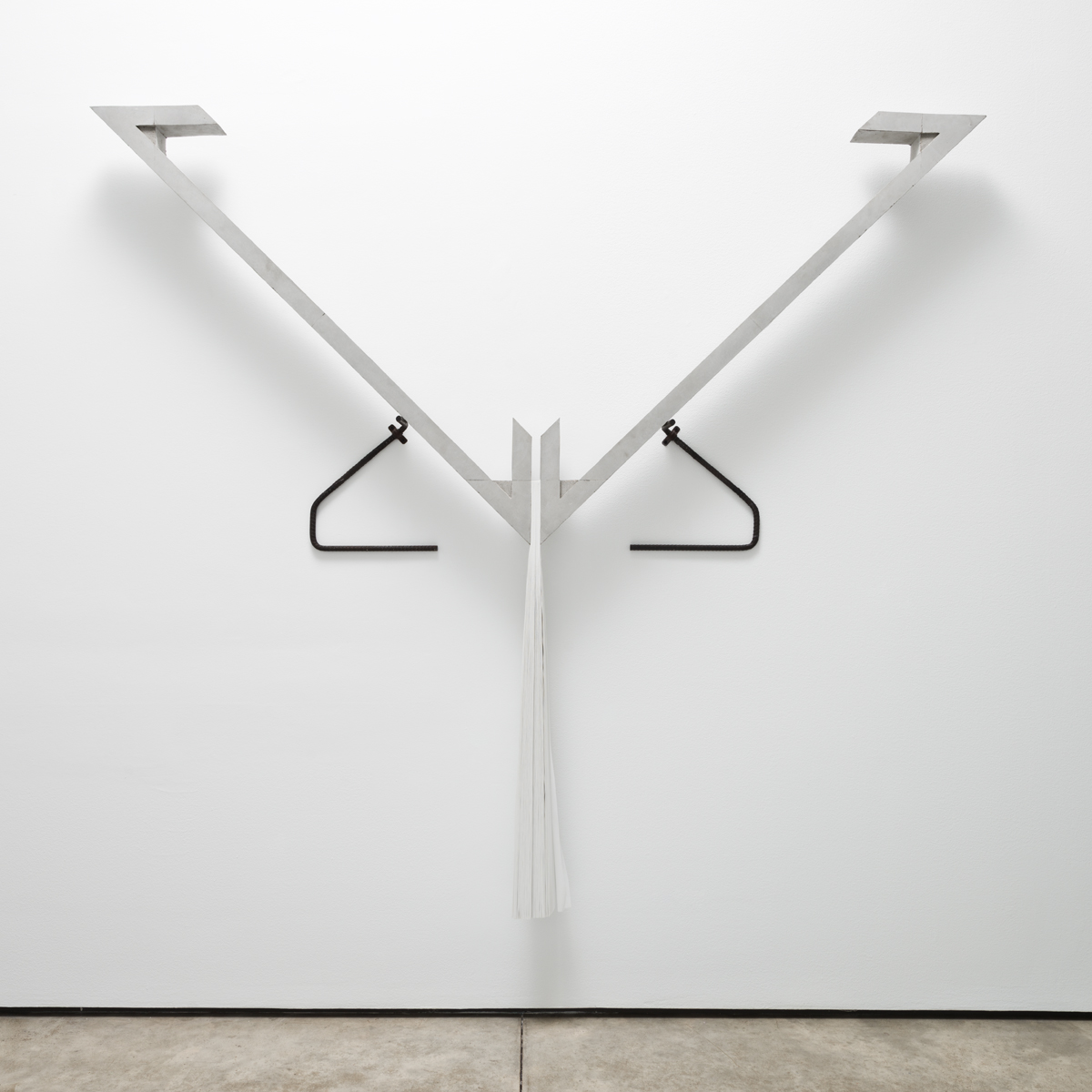
Abismo 67, 2017
concrete, paper, and steel
64-1/2 x 73-1/2 x 6 inches

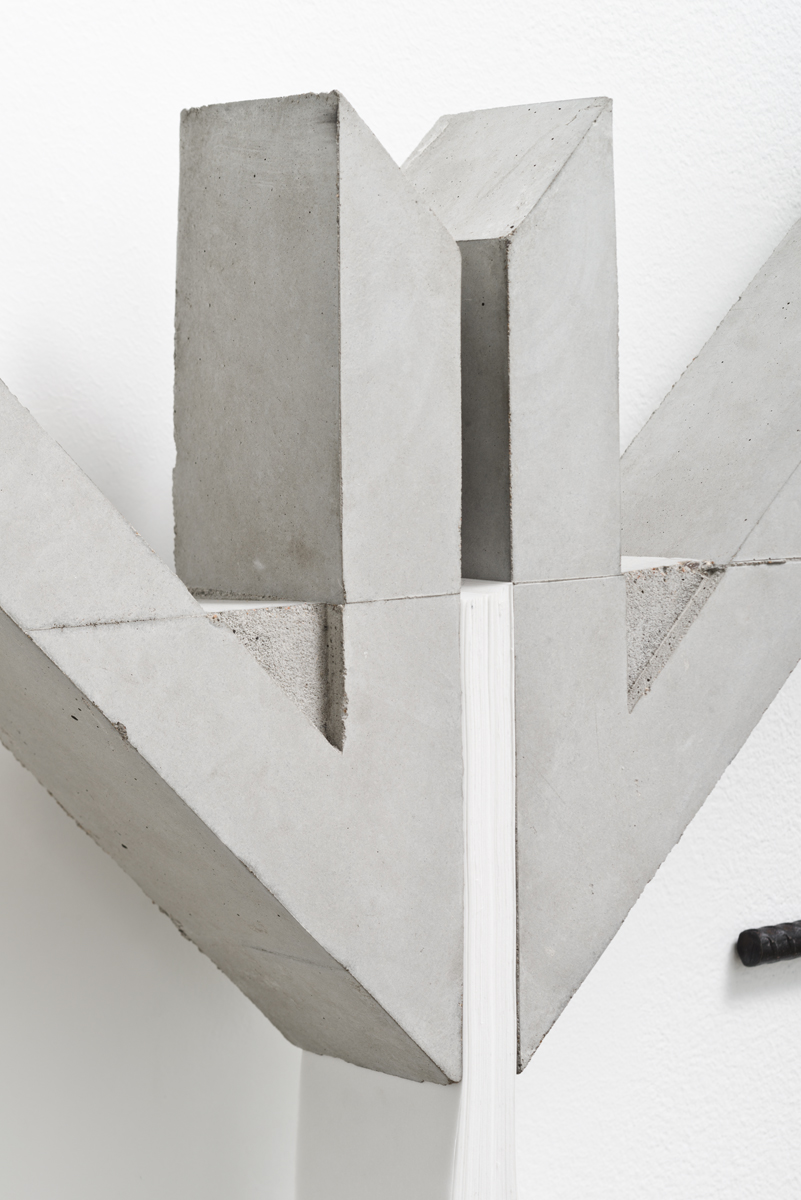

Abismo 65, 2017
concrete, paper, and steel
40 x 124 x 5-1/2 inches

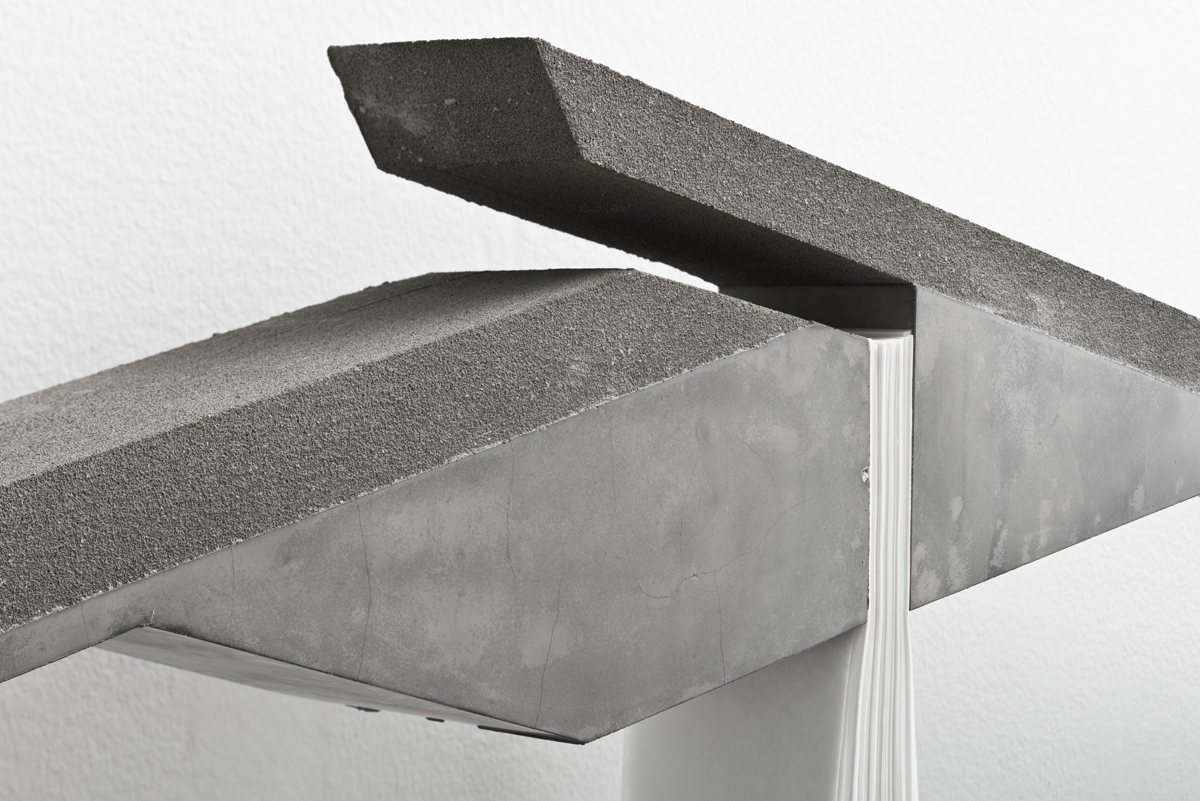

Abismo 38, 2020
concreto, aço, papel e folha dourada
concrete, steel, paper and golden leaf
129 X 114 X 19cm




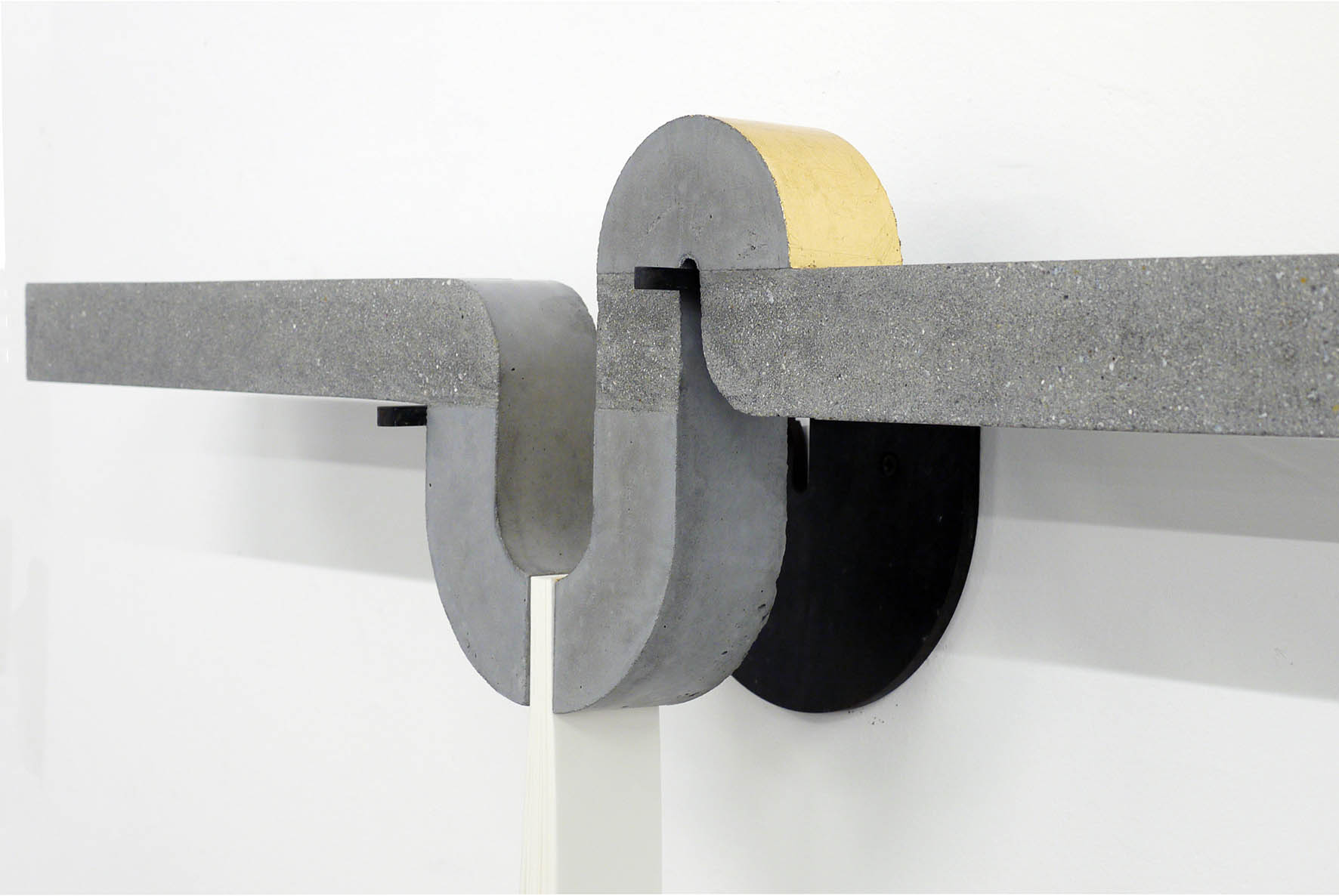
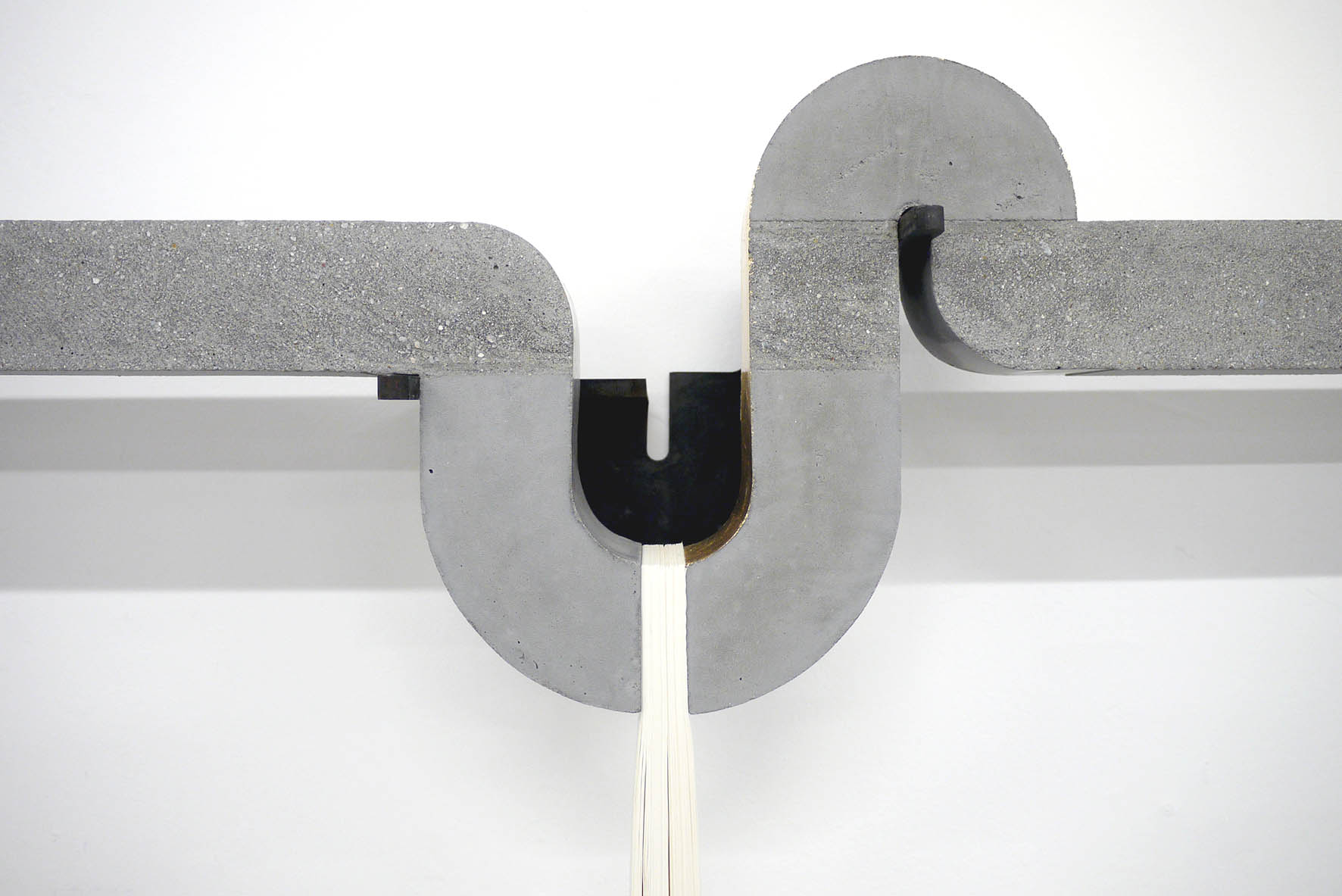


Abismo 40,, 2020
concreto, aço, papel e madeira
concrete, steel, paper and wood
89 X 109 X 19 cm



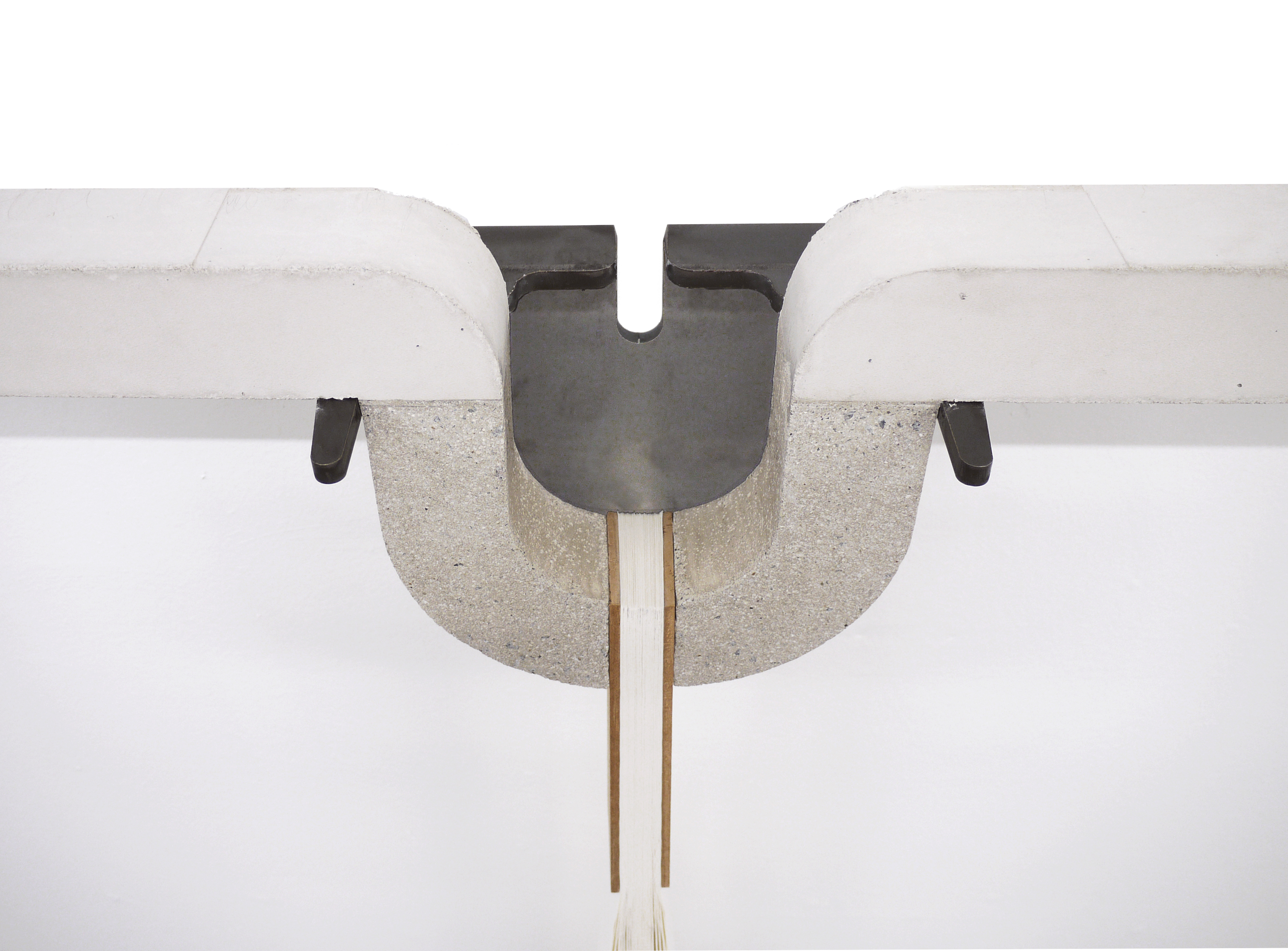
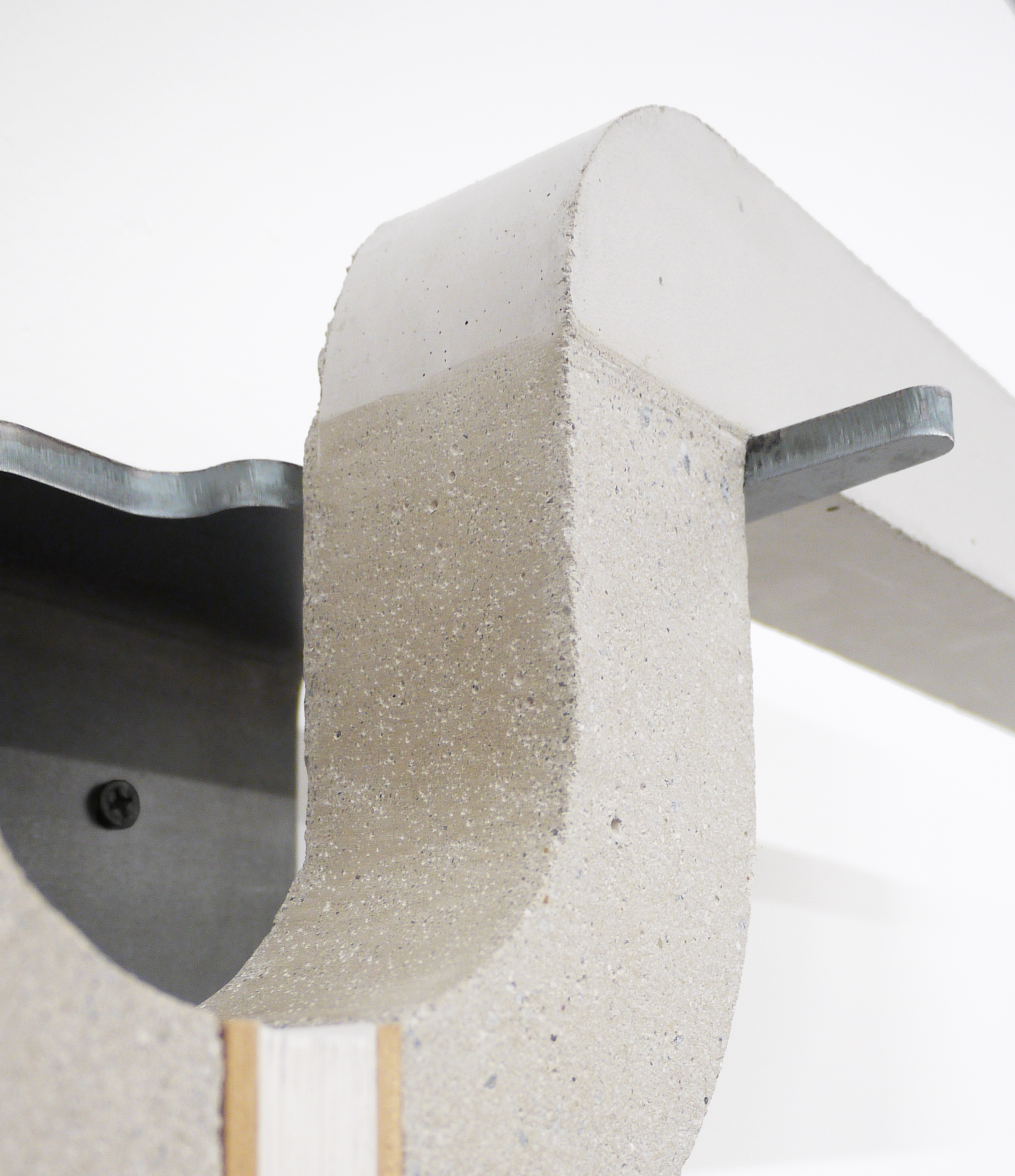
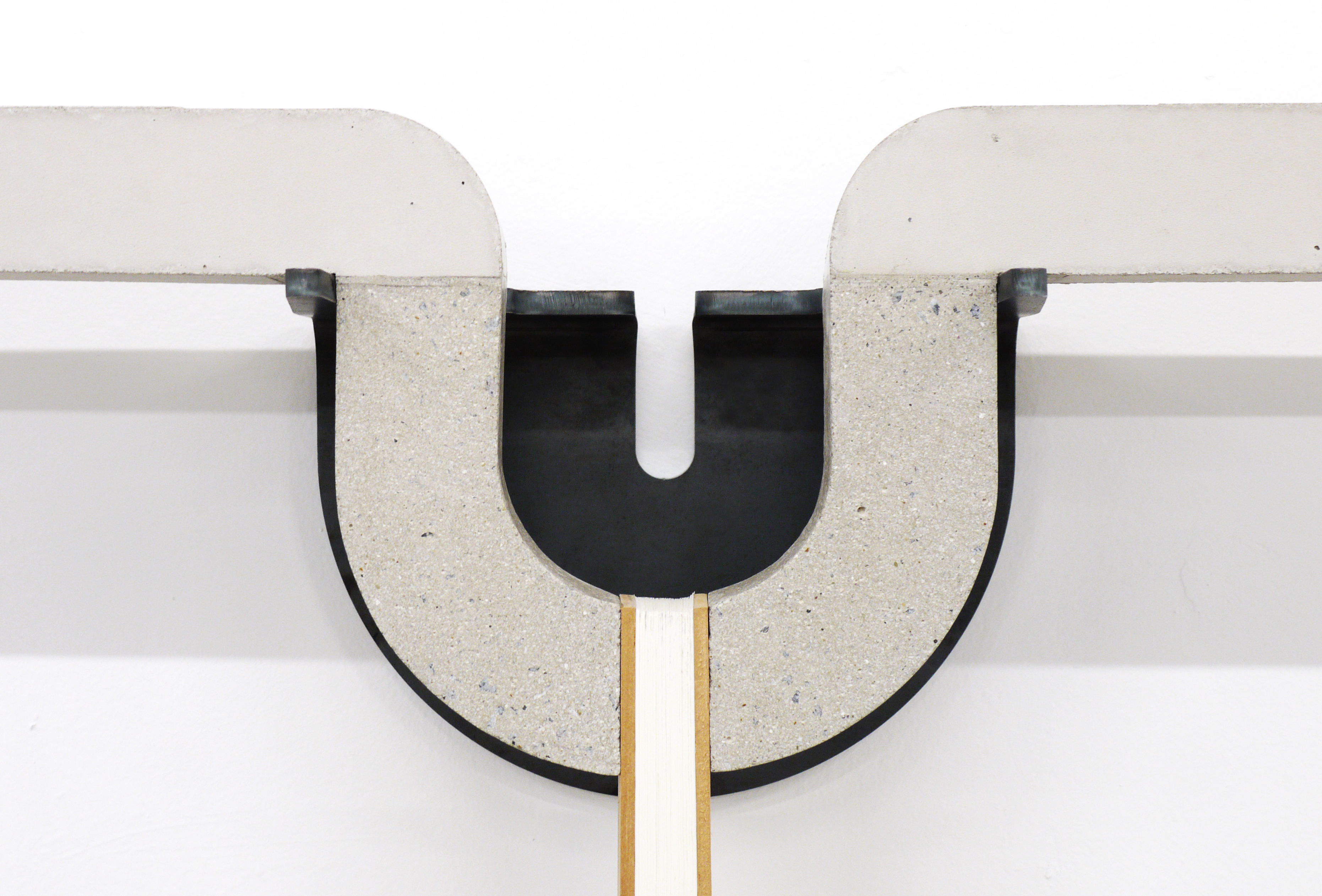
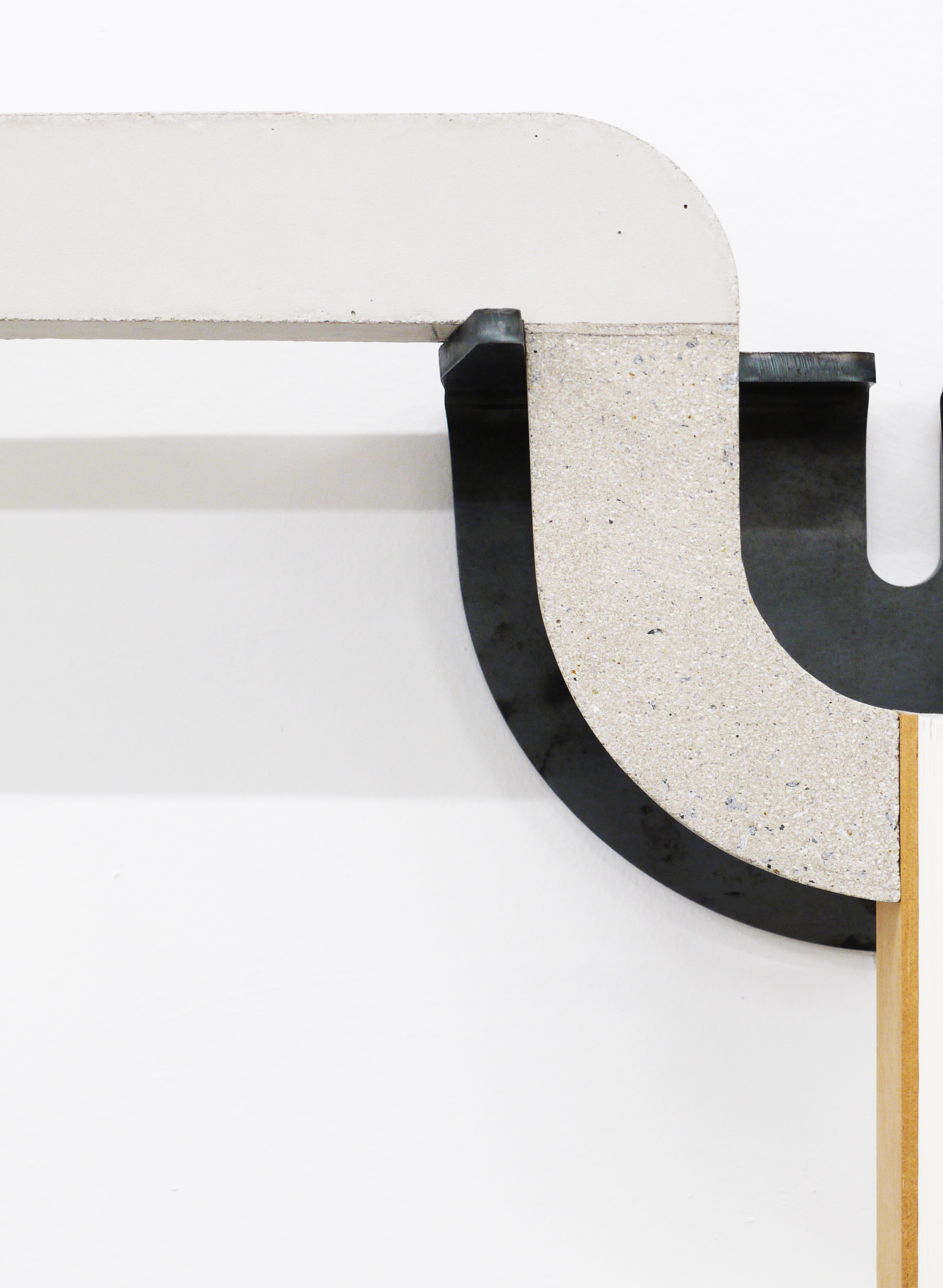
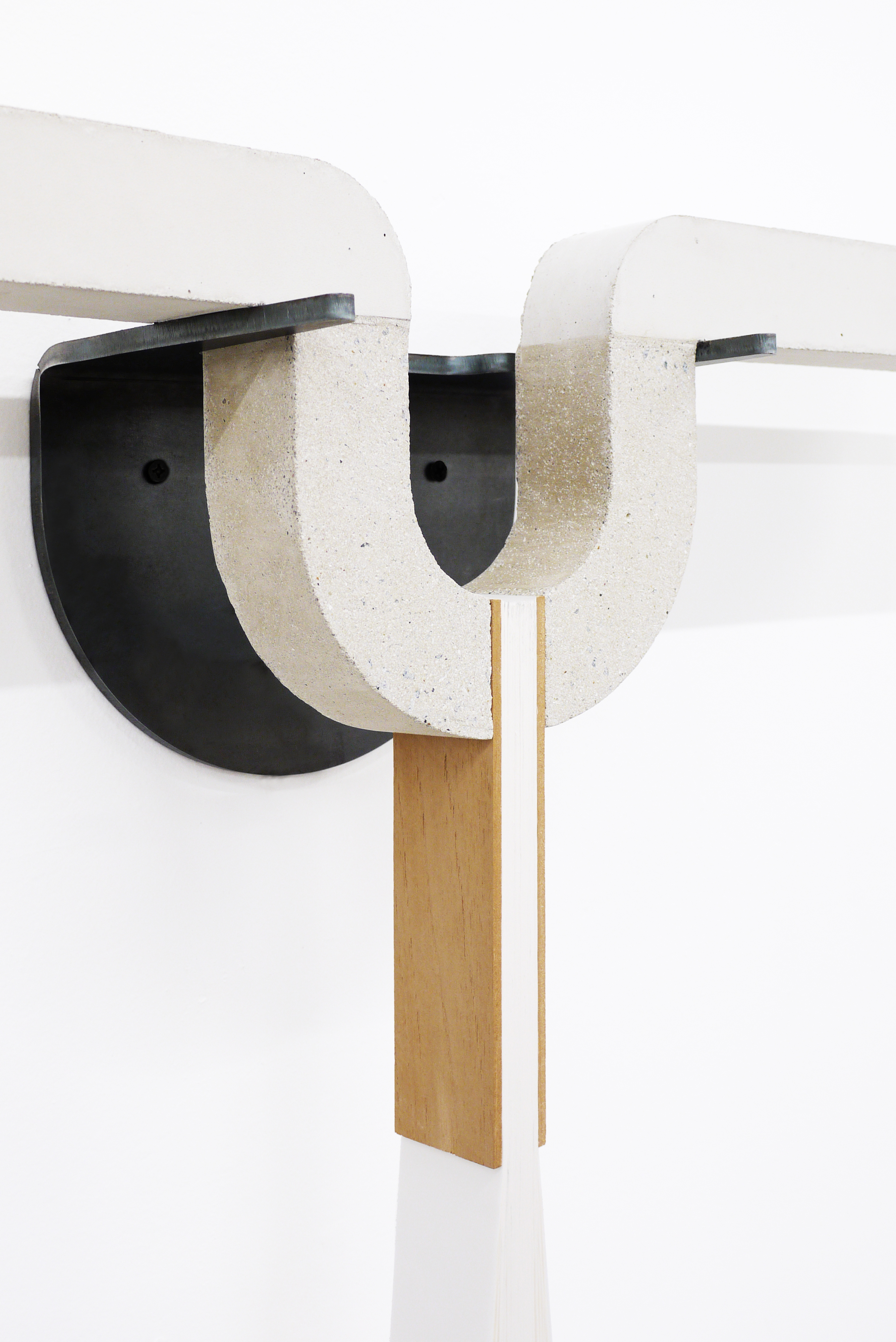
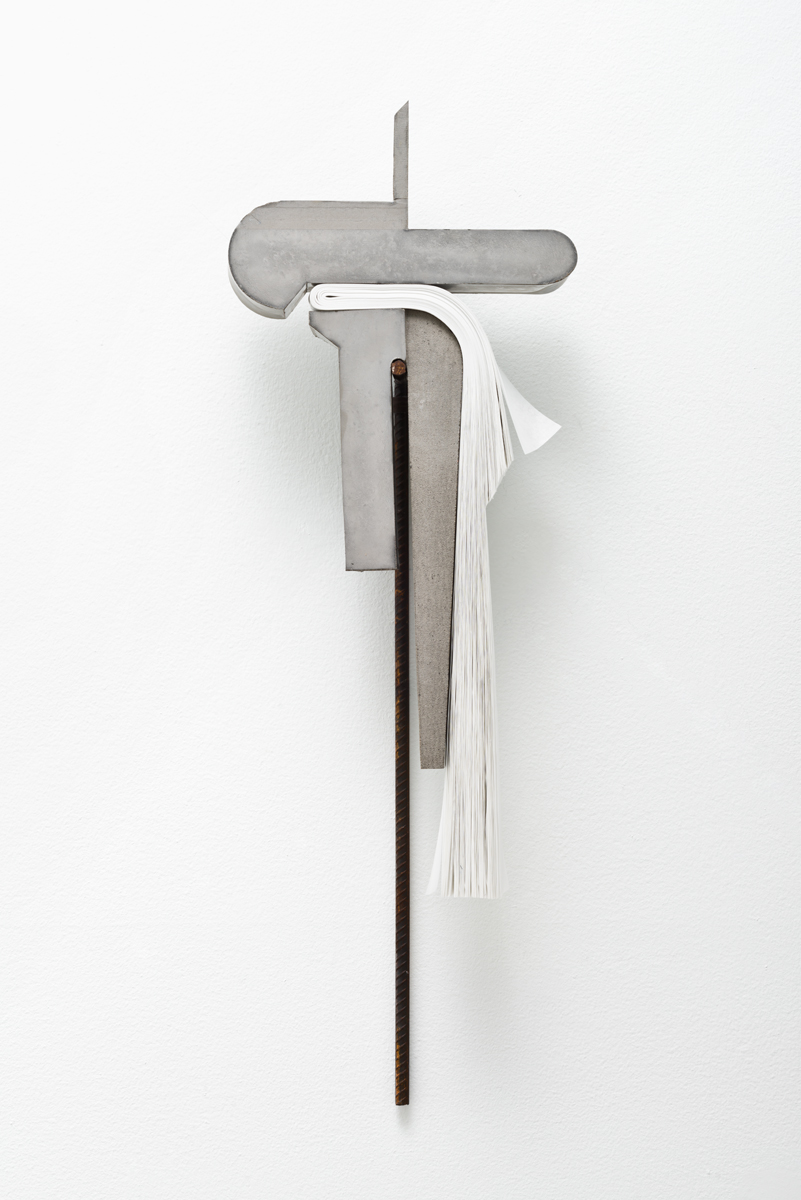
Abismo 68, 2017
concrete, paper, and steel
36 x 11-3/4 x 5-3/8 inches


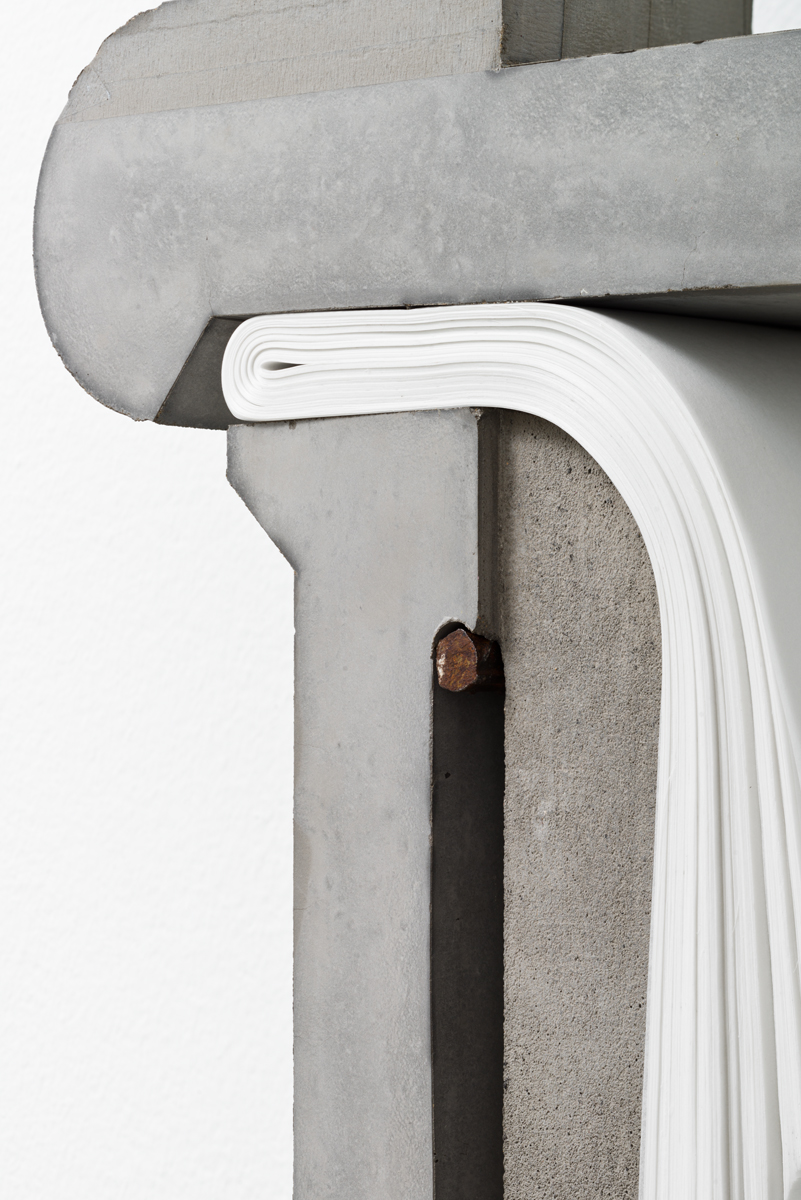

Abismo 79, 2018
concrete, paper, steel and brass
75 x 65 x 18 cm

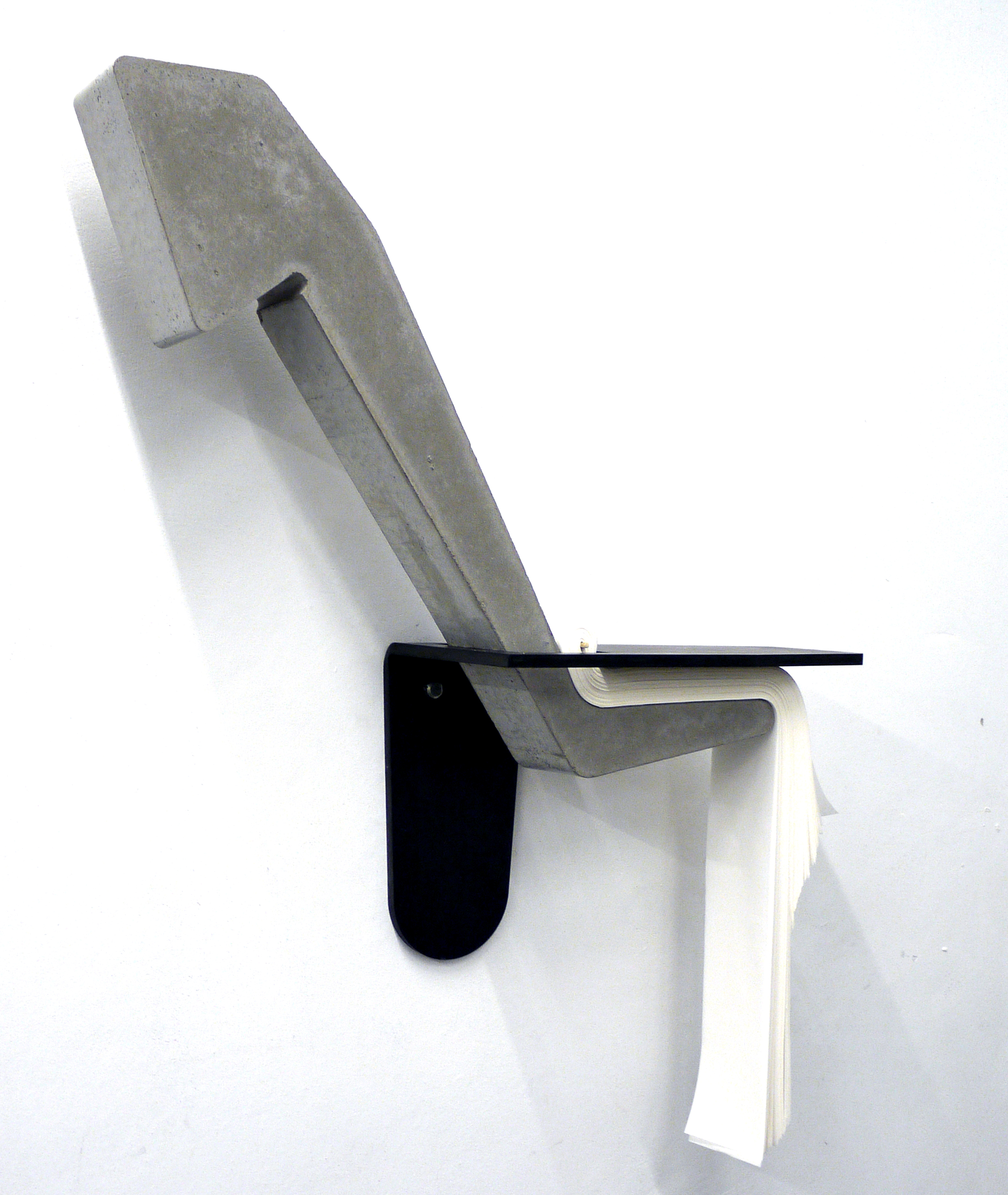


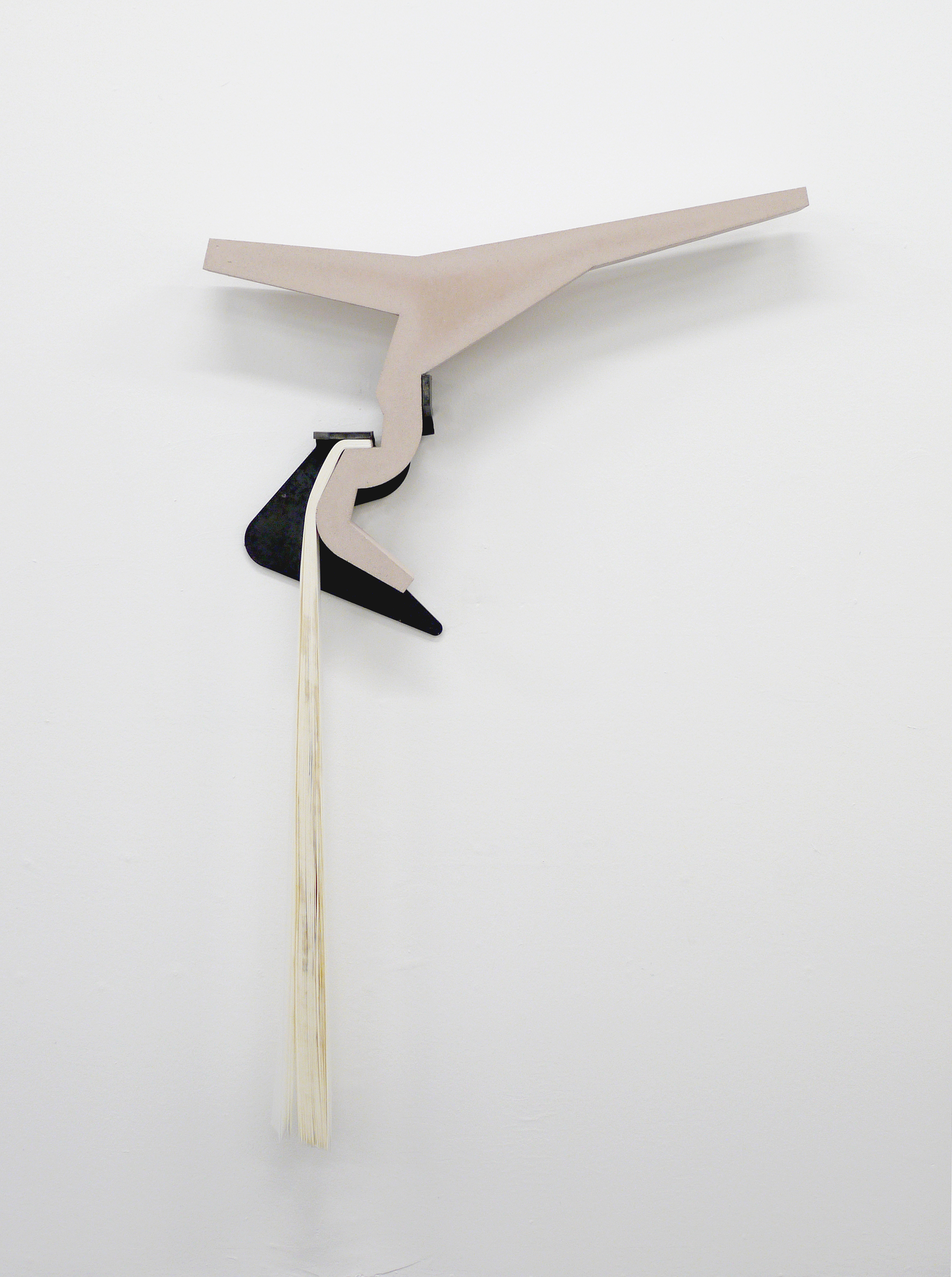
Abismo 17, 2020
concreto, aço e papel
concrete, steel and paper
129 X 89 X 14 cm

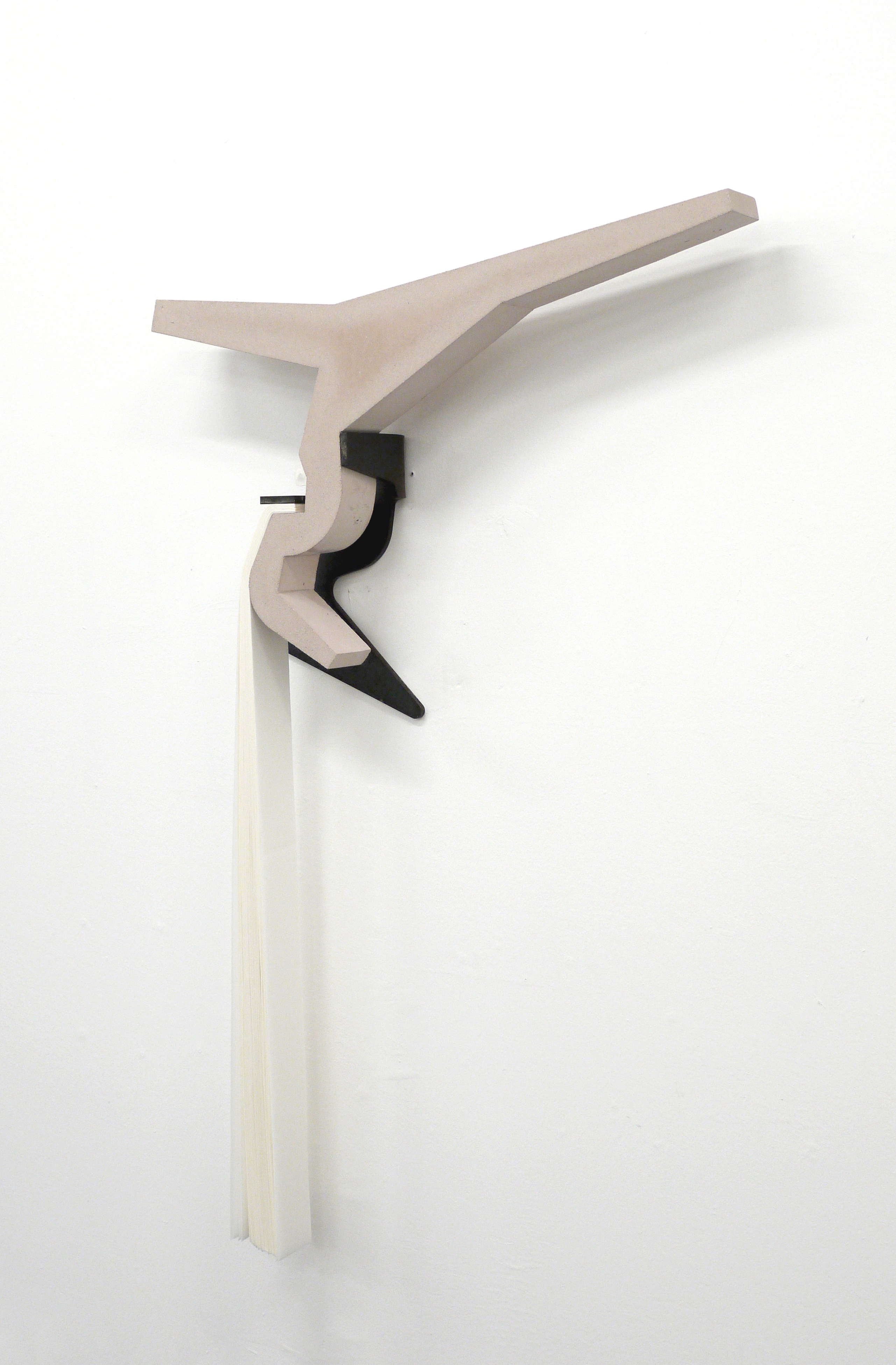

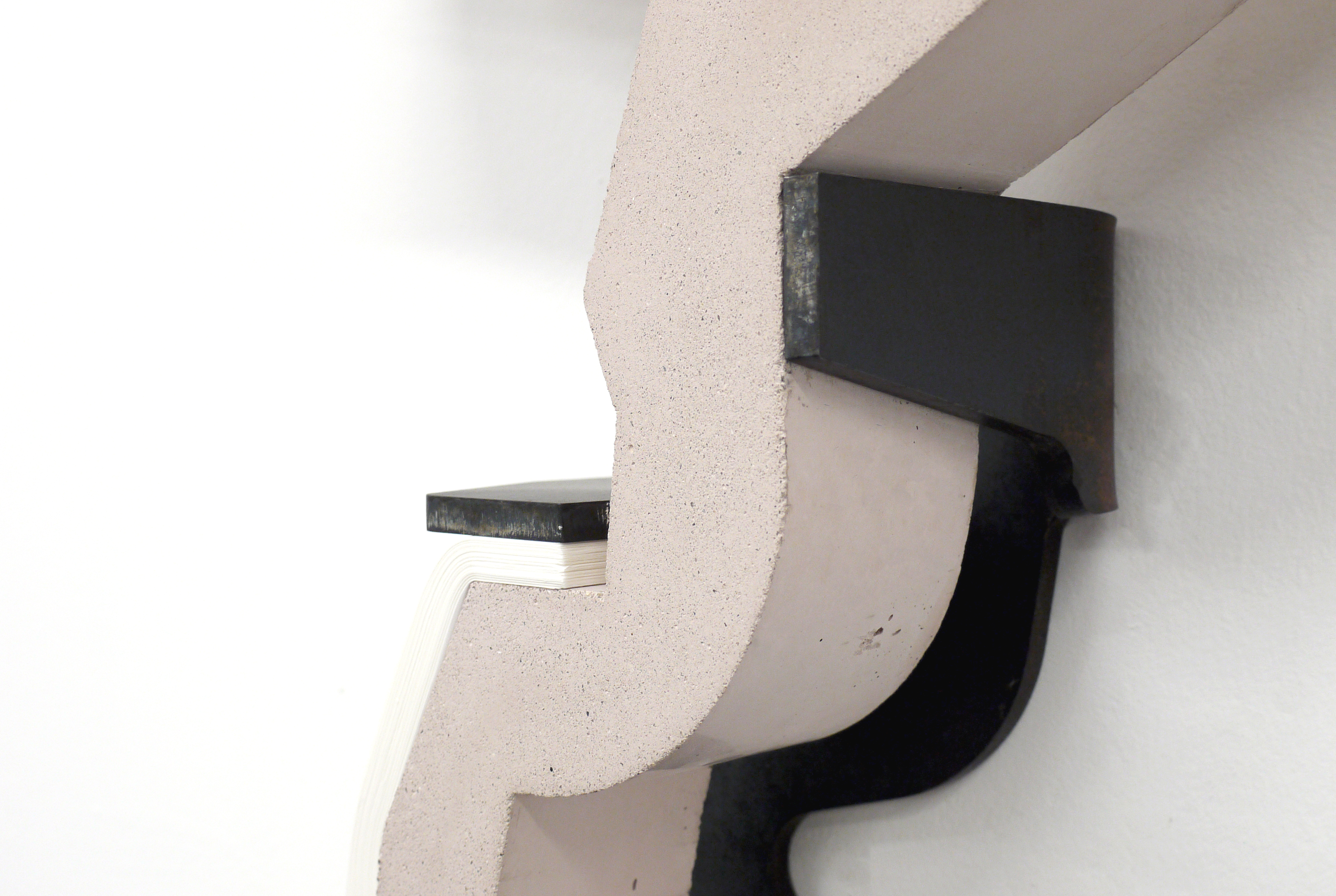


Abismo 52, 2016
concrete, paper, steel
42-3/4 x 9-1/8 x 9-1/8 inches (not including wood base)

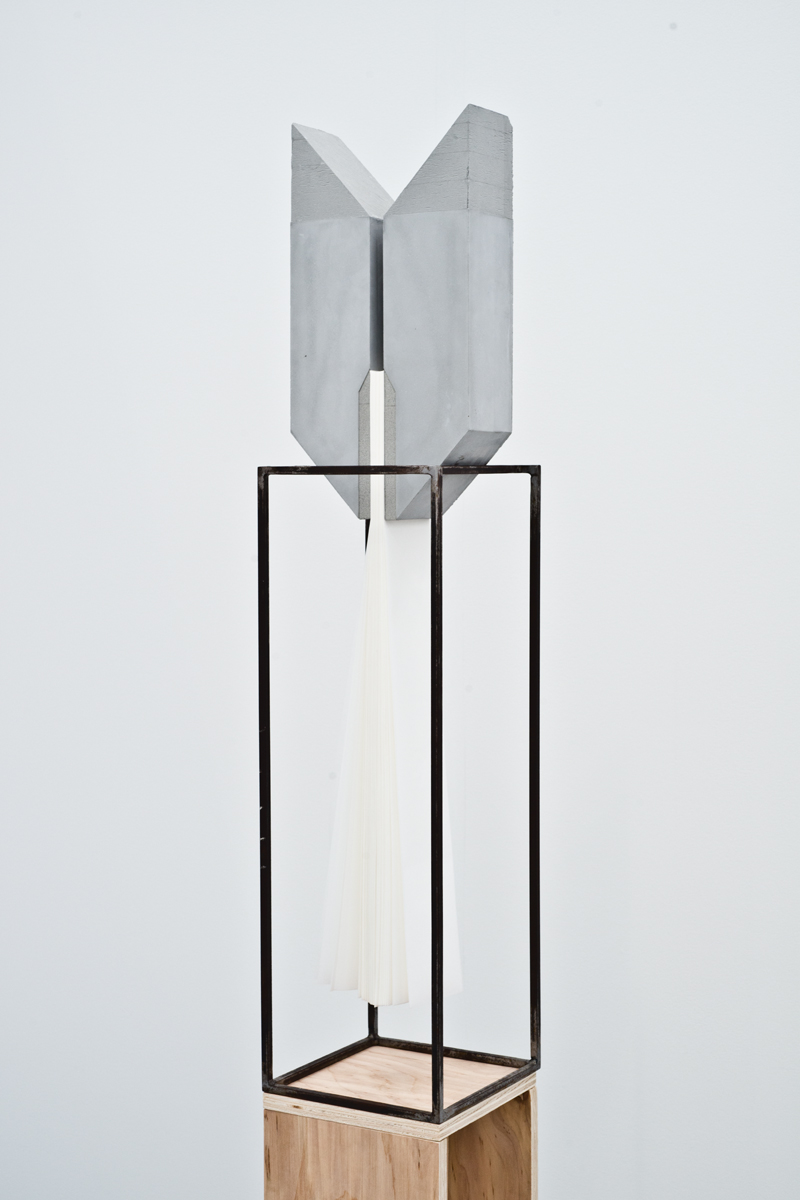
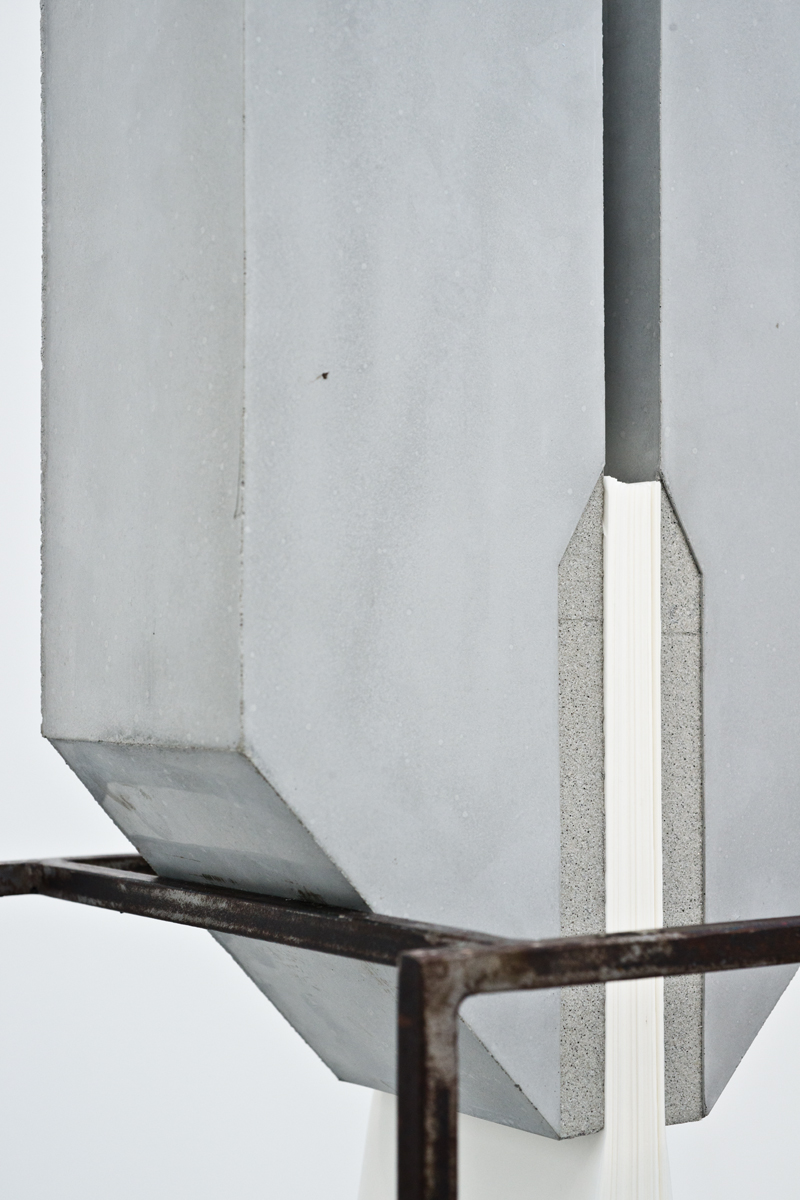

Abismo 53, 2016
concrete, paper, wood, steel
37-1/2 x 9-1/8 x 9-1/8 inches (not including wood base)

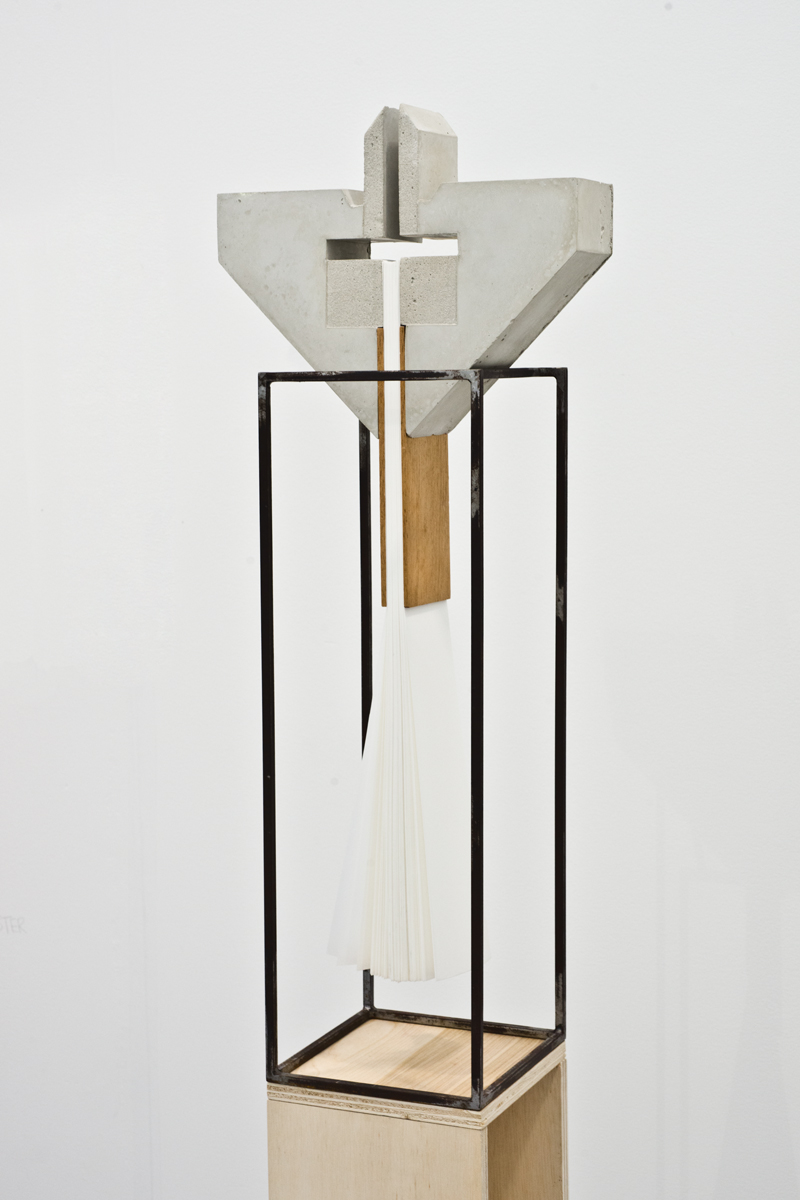


Abismo 84




Abismo 66, 2017
concrete, paper, and steel
75 x 30-1/4 x 15-3/4 inches

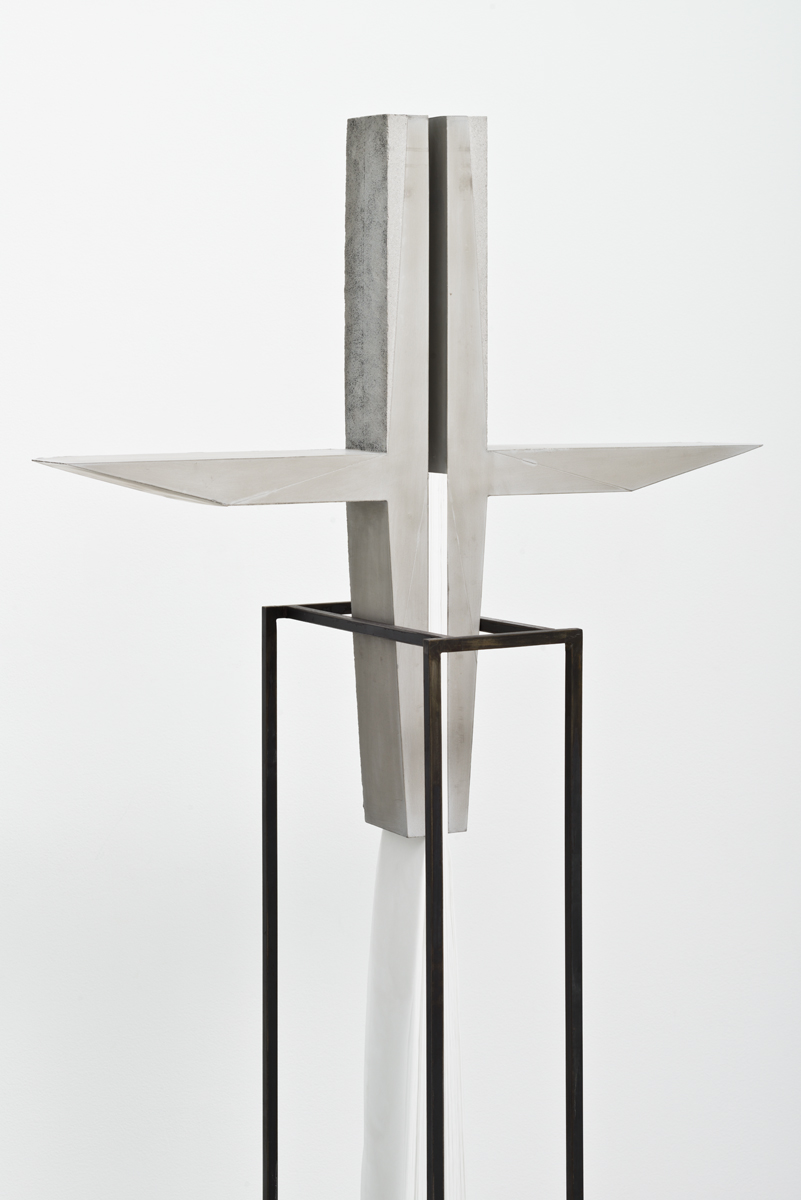

Abismo 85

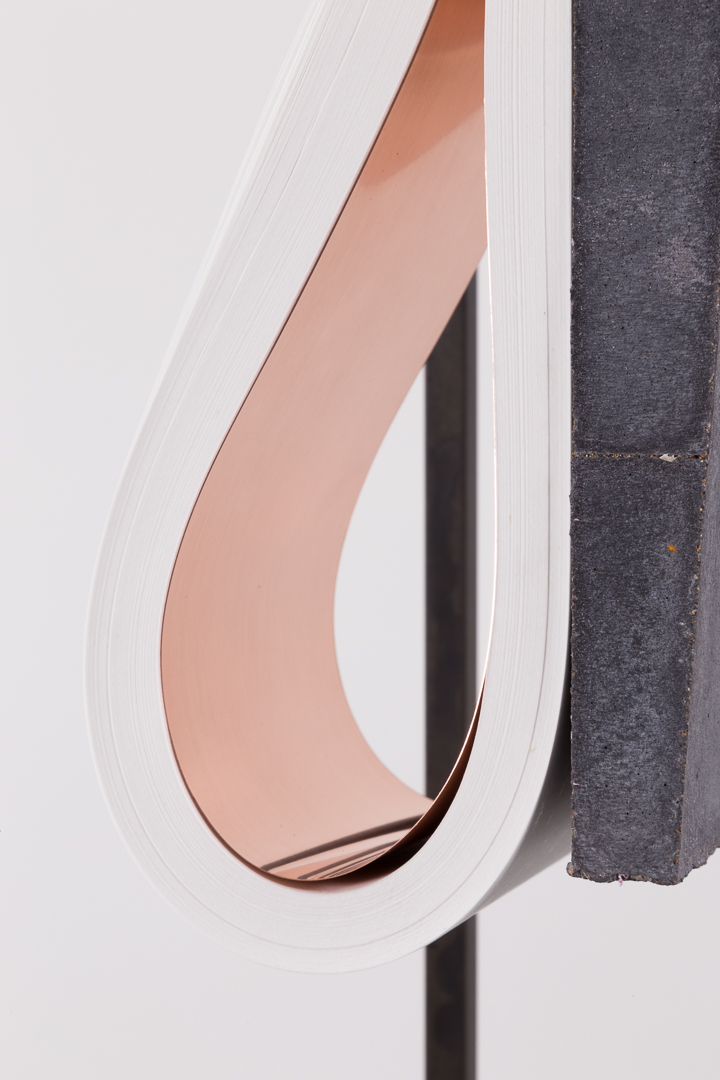
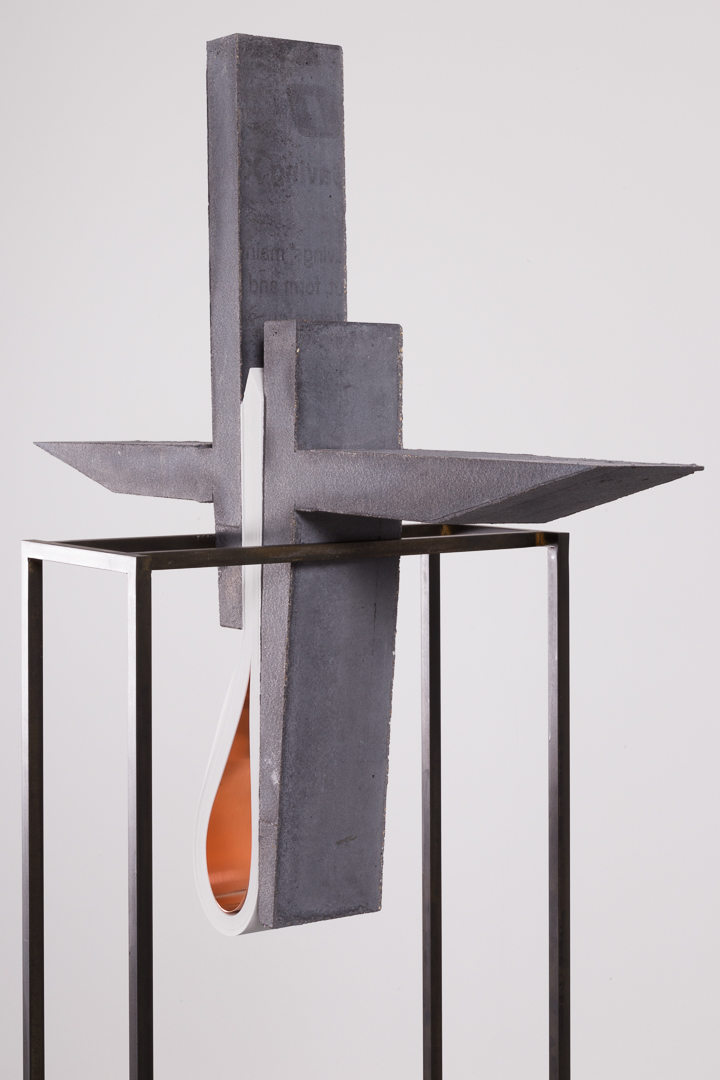

Abismo 86


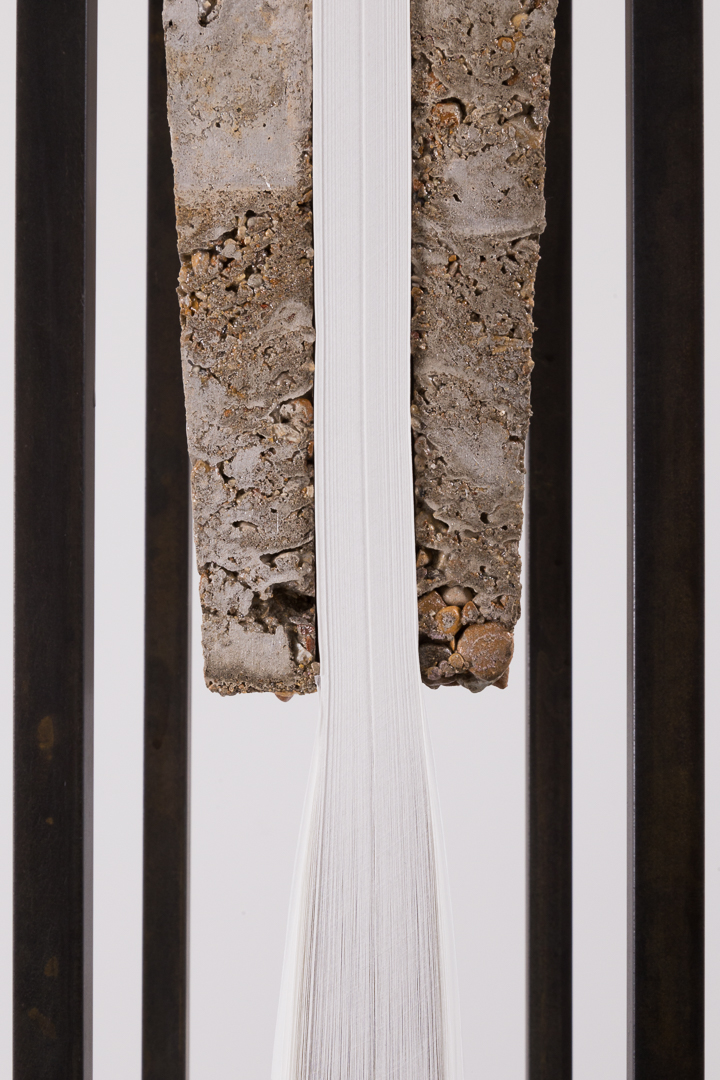
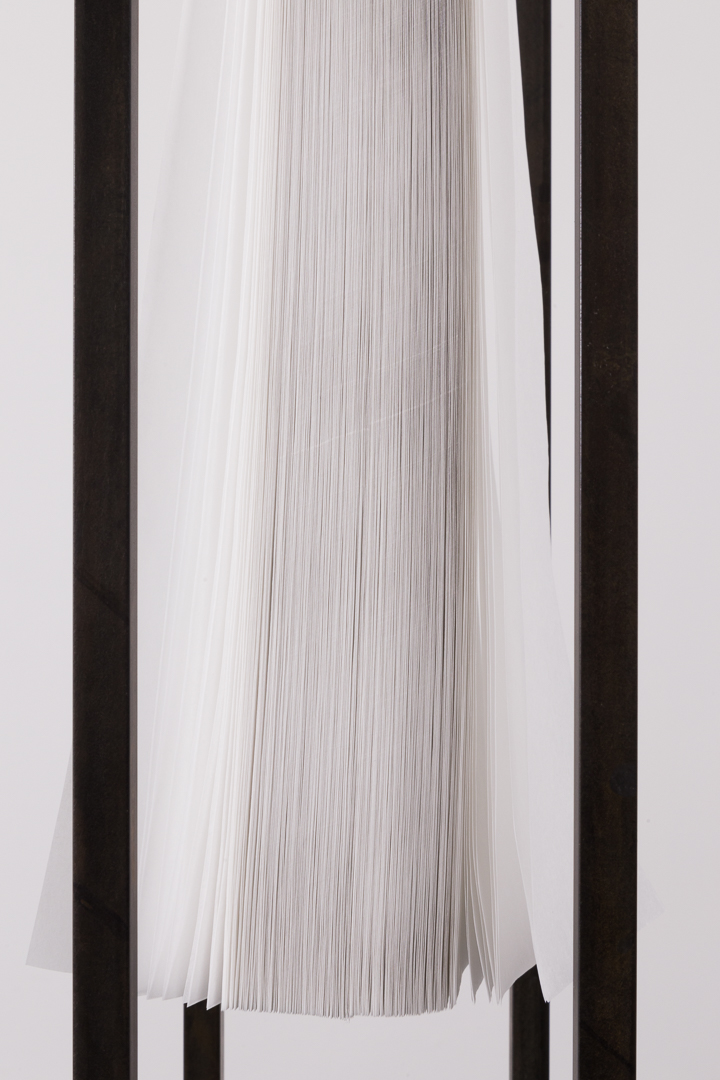

Abismo 95

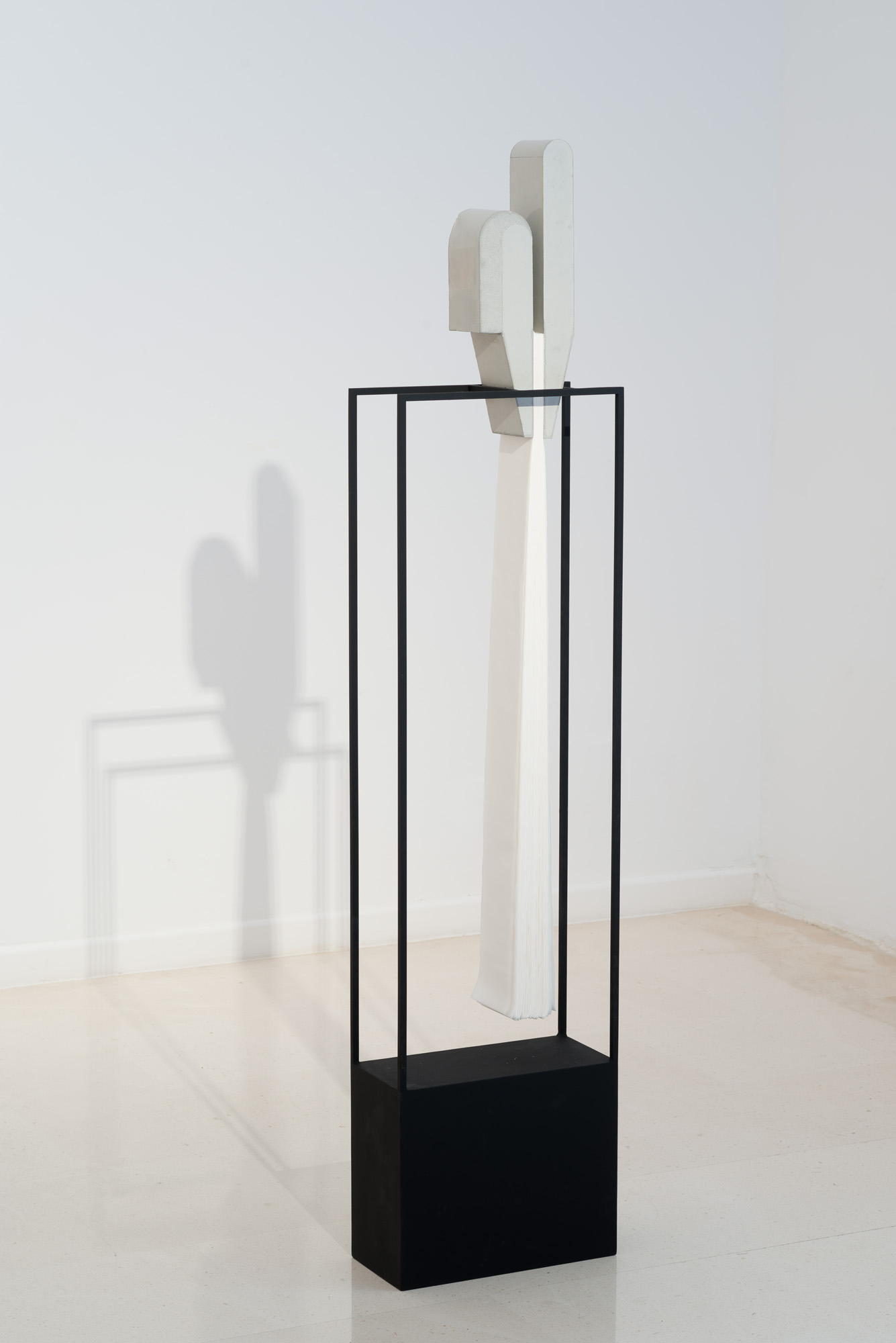

Abismo 96

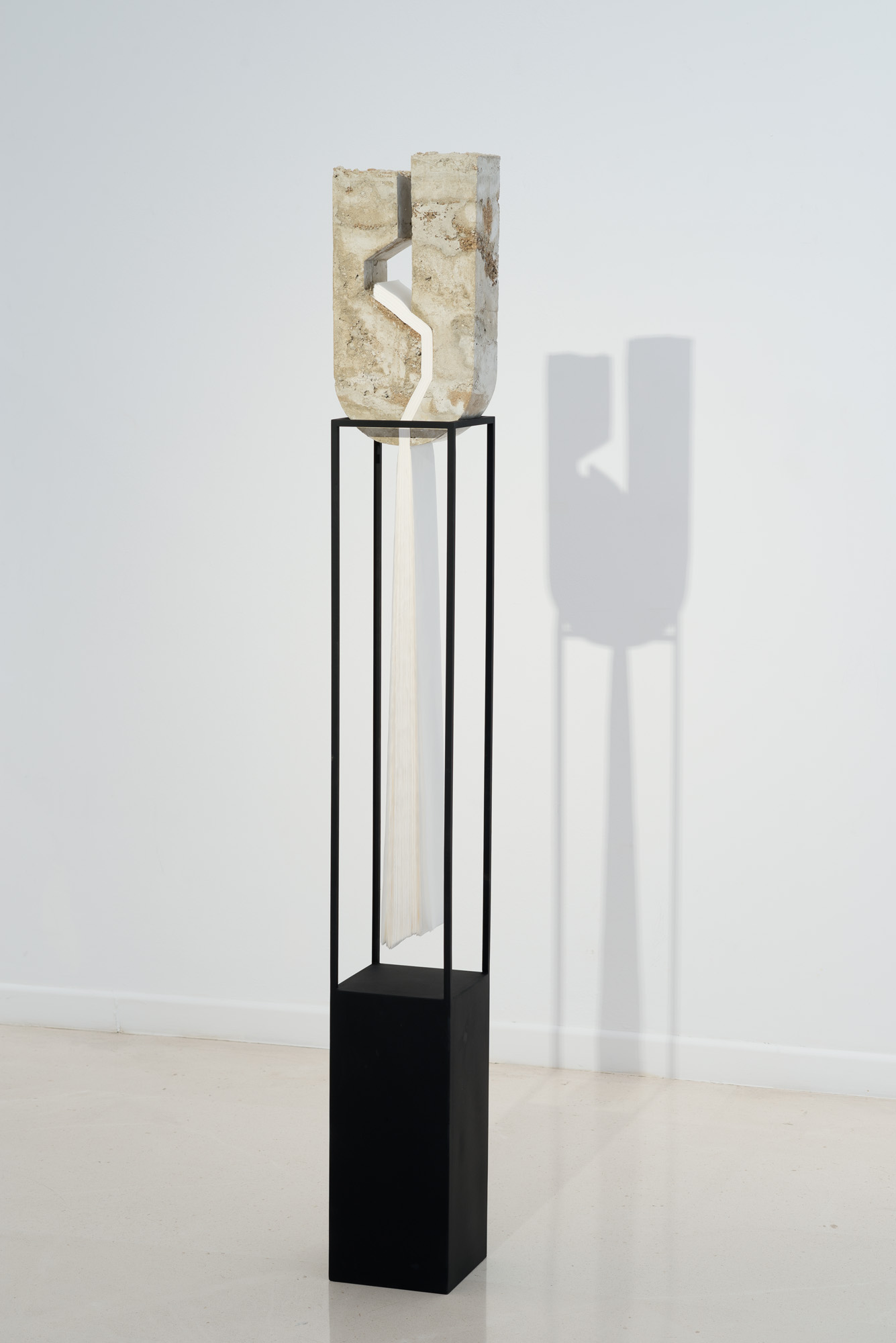
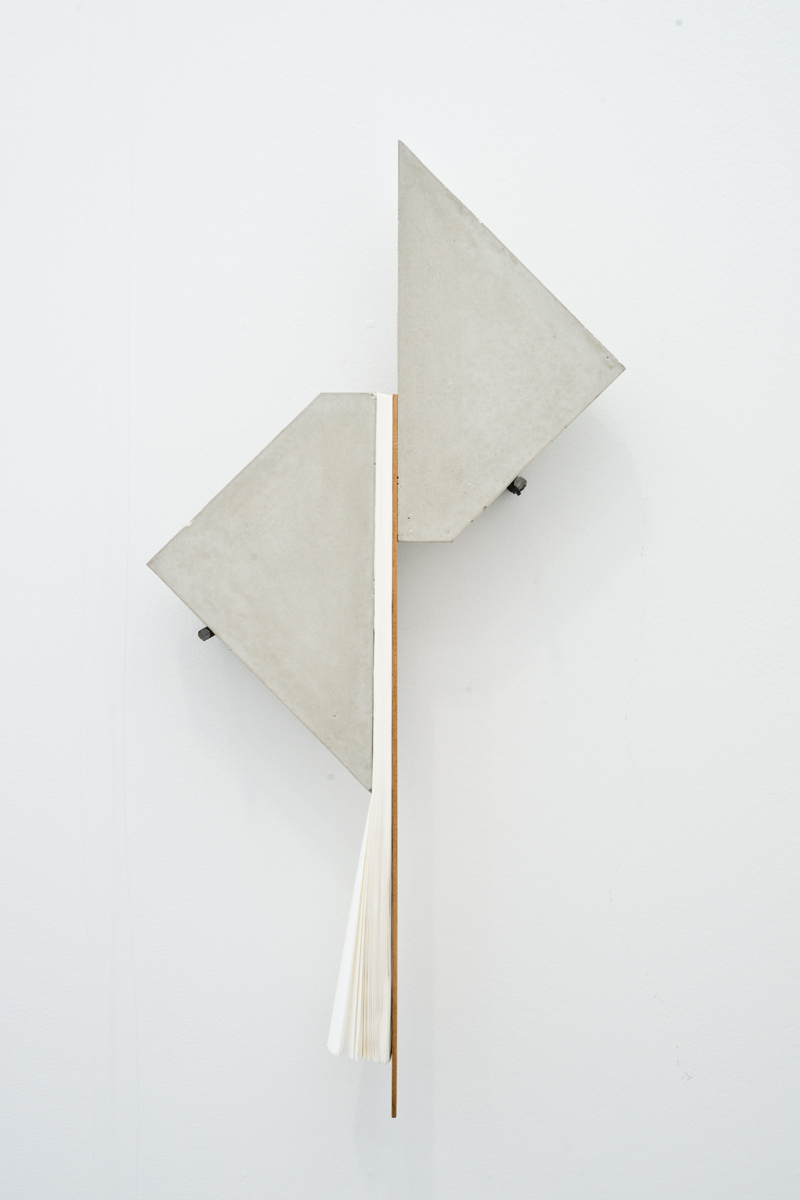
Abismo 54, 2016
concrete, paper, wood, rebar
40-1/2 x 19-1/2 x 6 inches

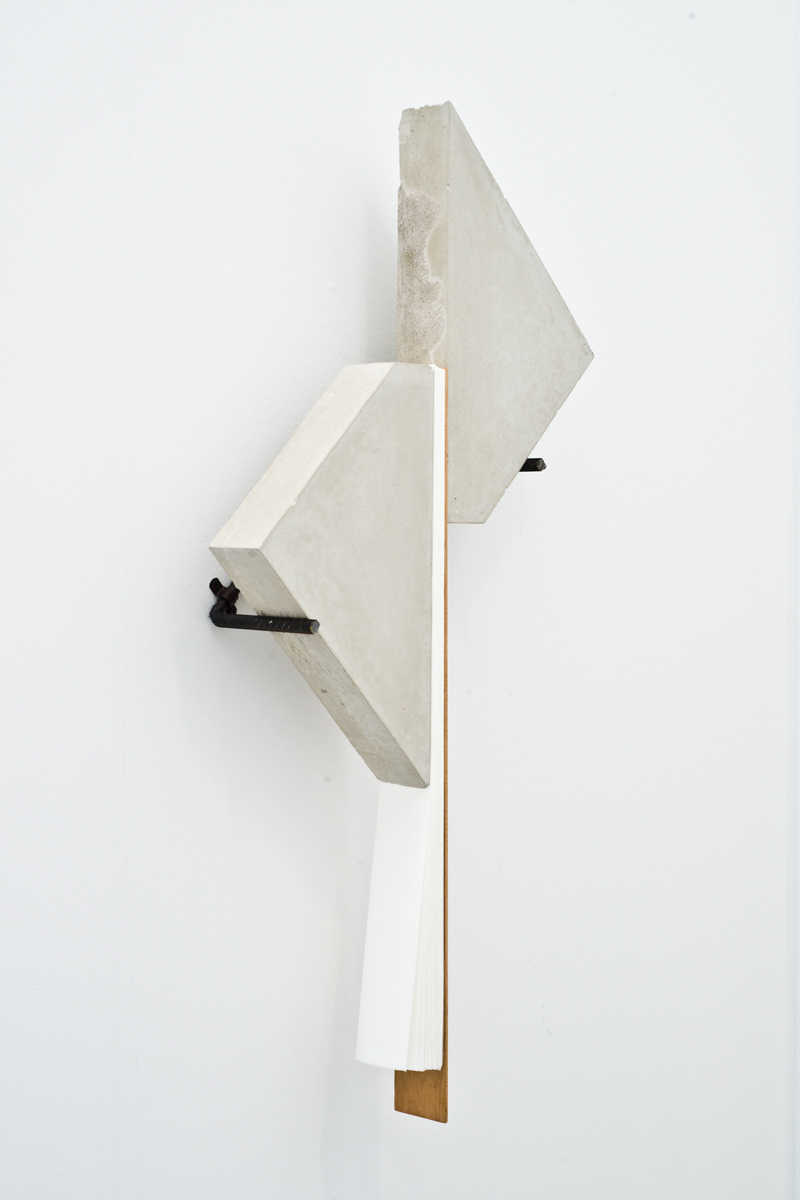

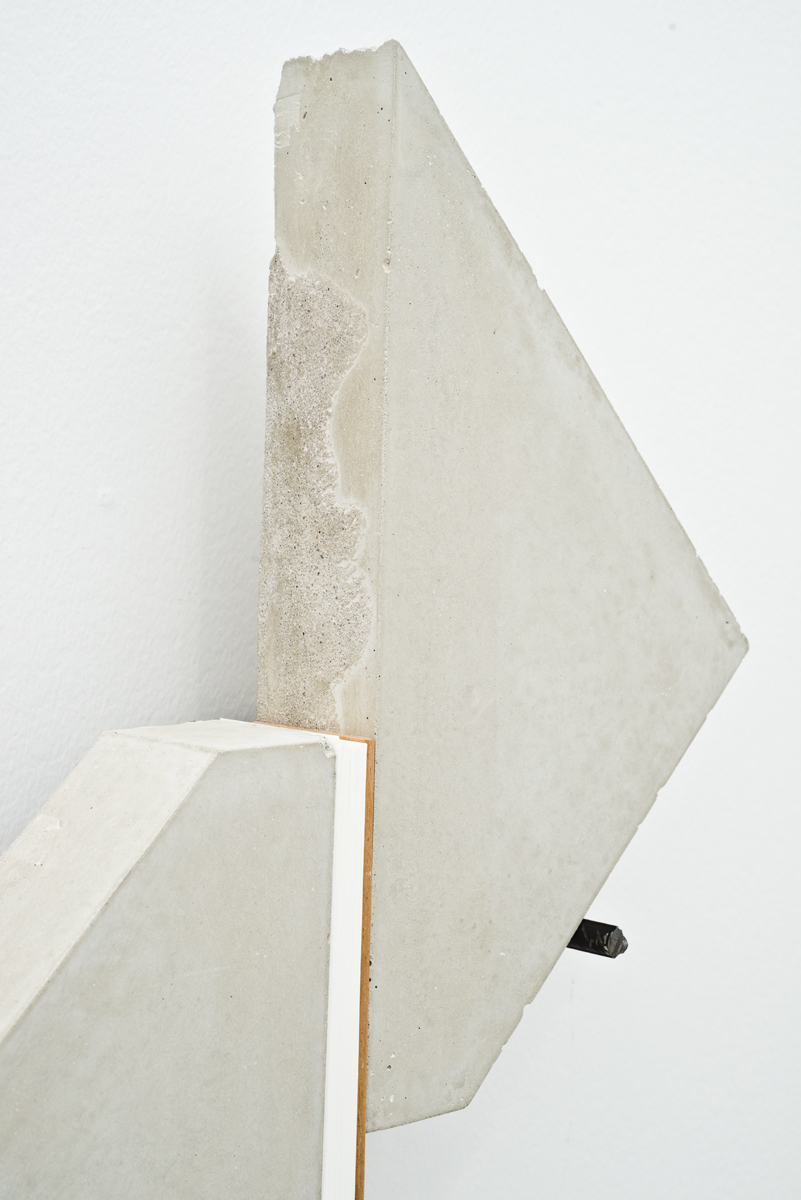
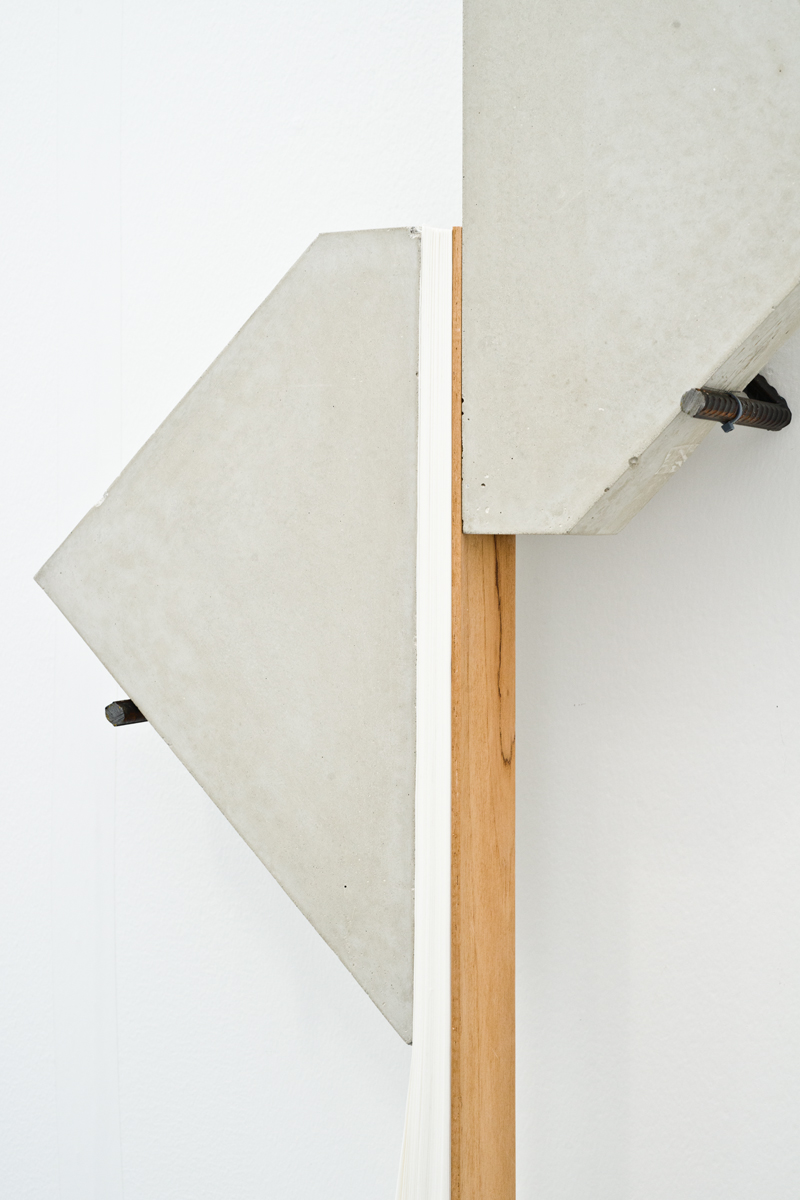


Abismo 81


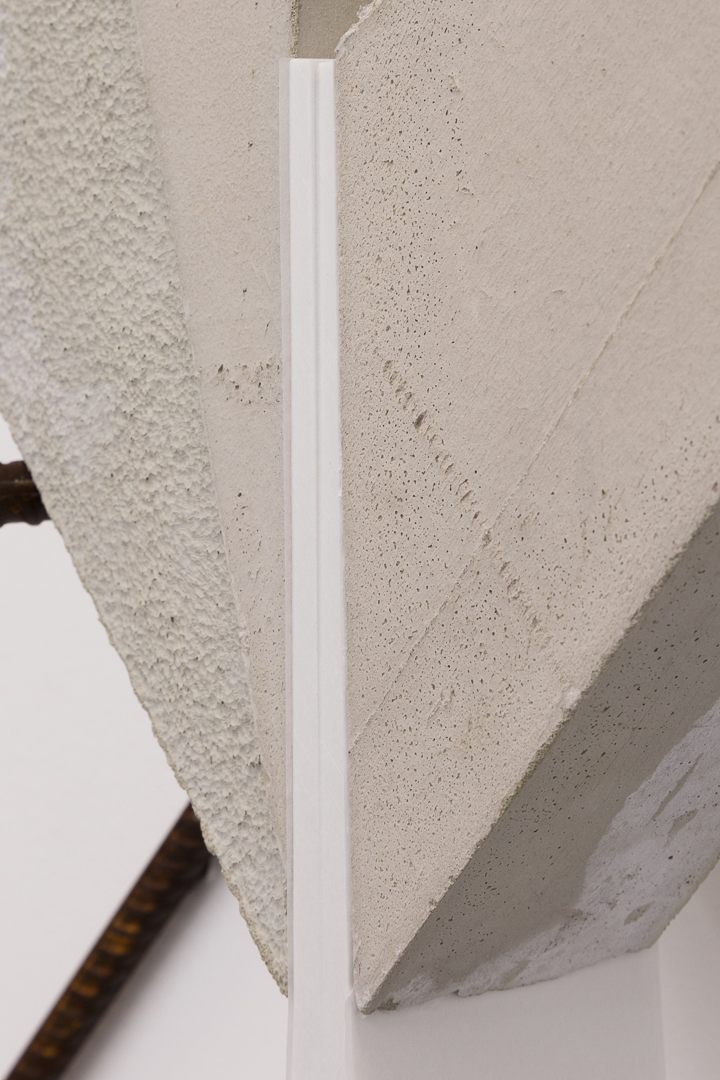
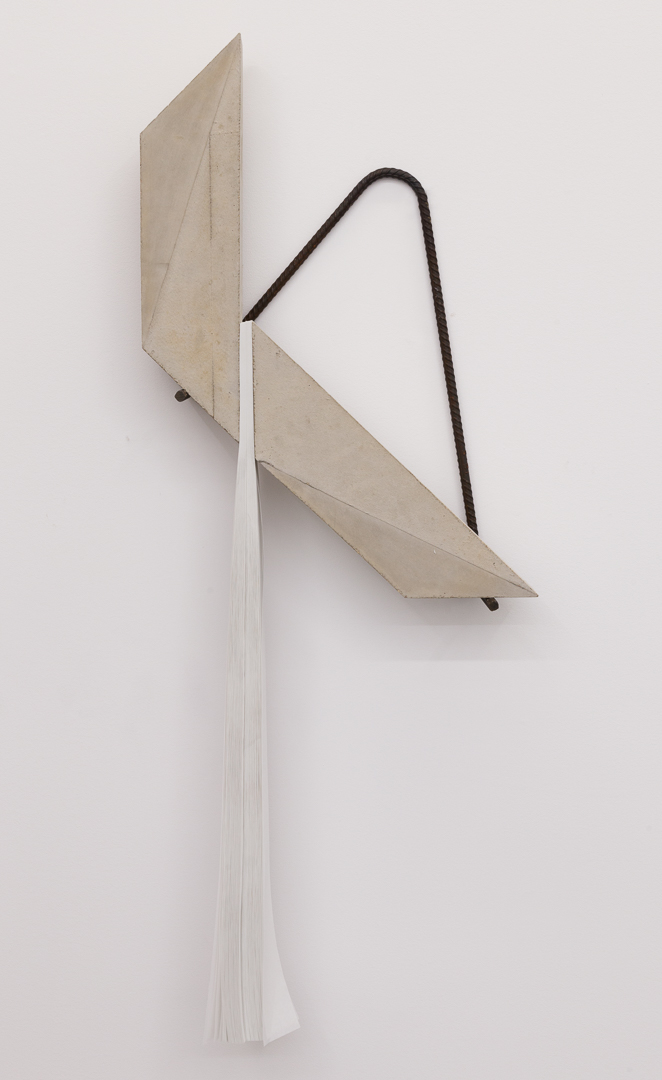
Abismo 82


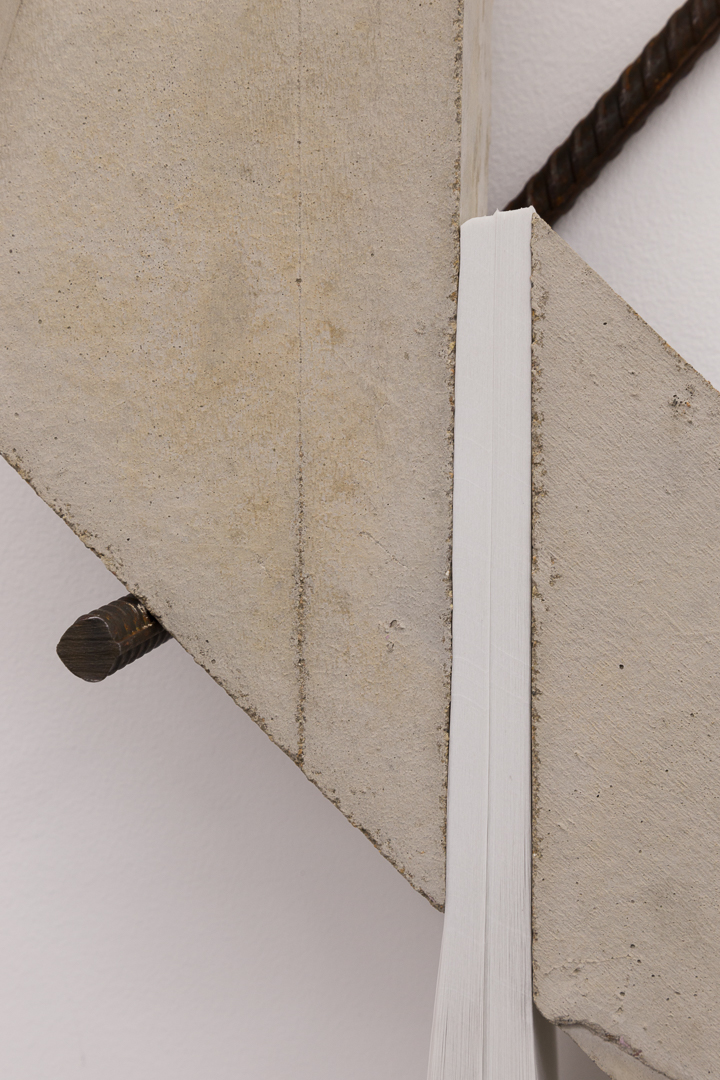
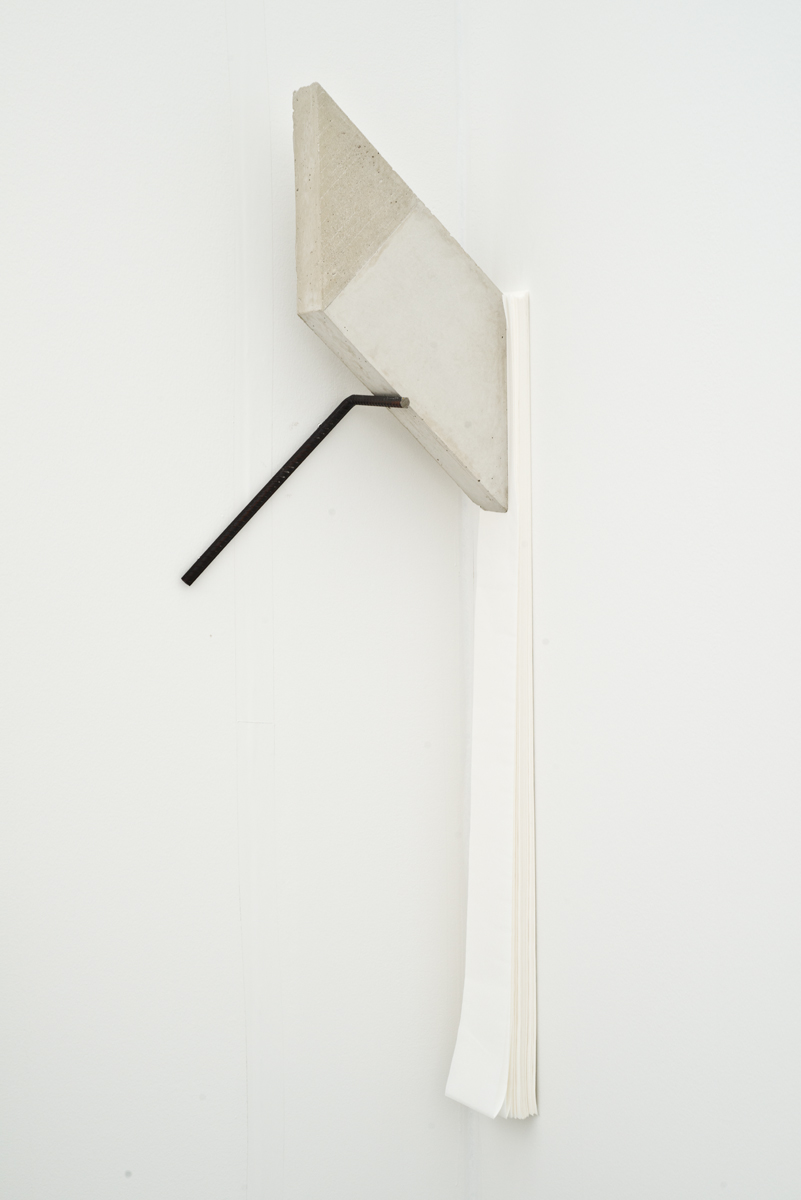
Abismo 51, 2016
concrete, paper, rebar
49 x 15 x 7 inches
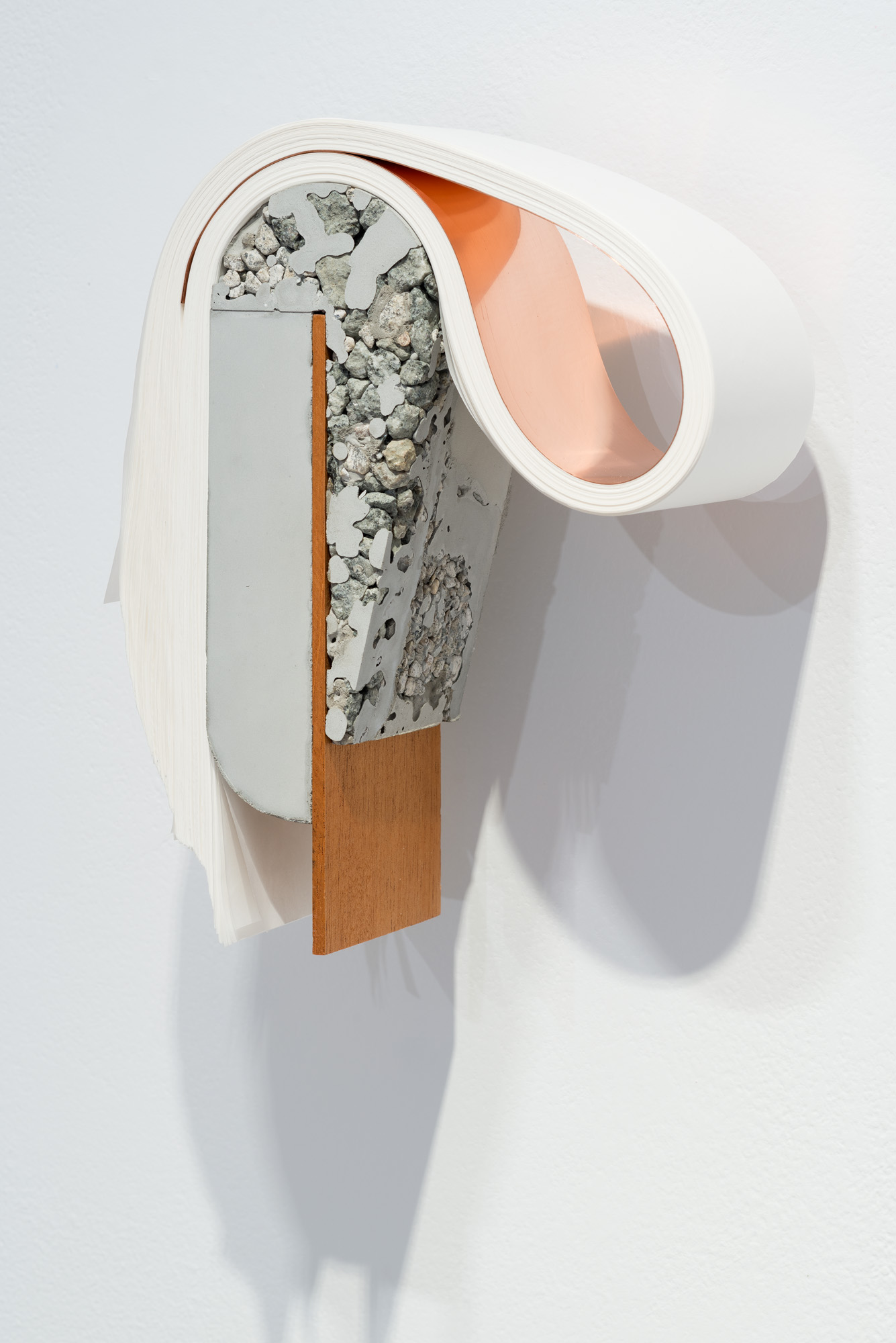
Abismo 97



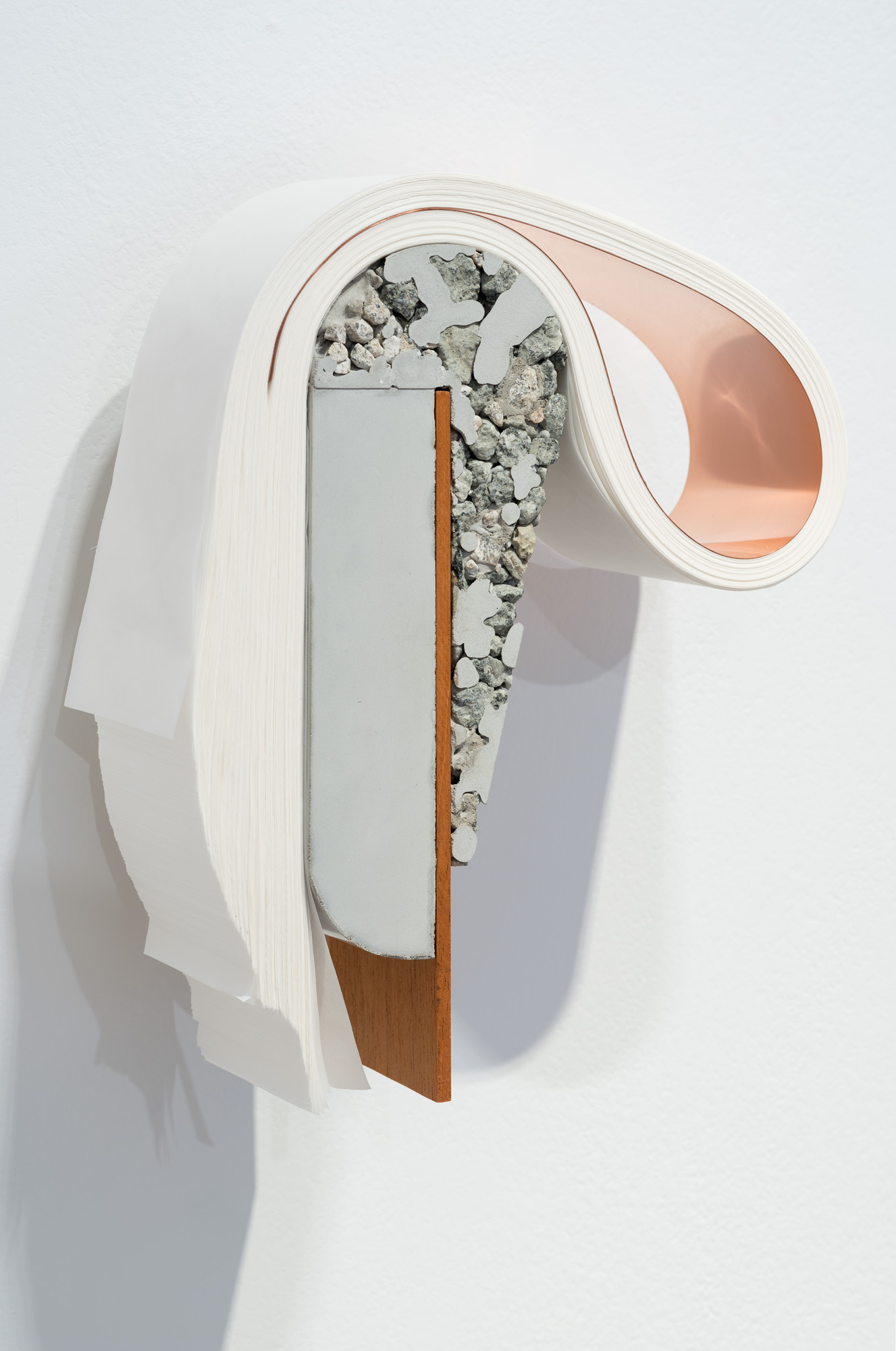

Abismo 48


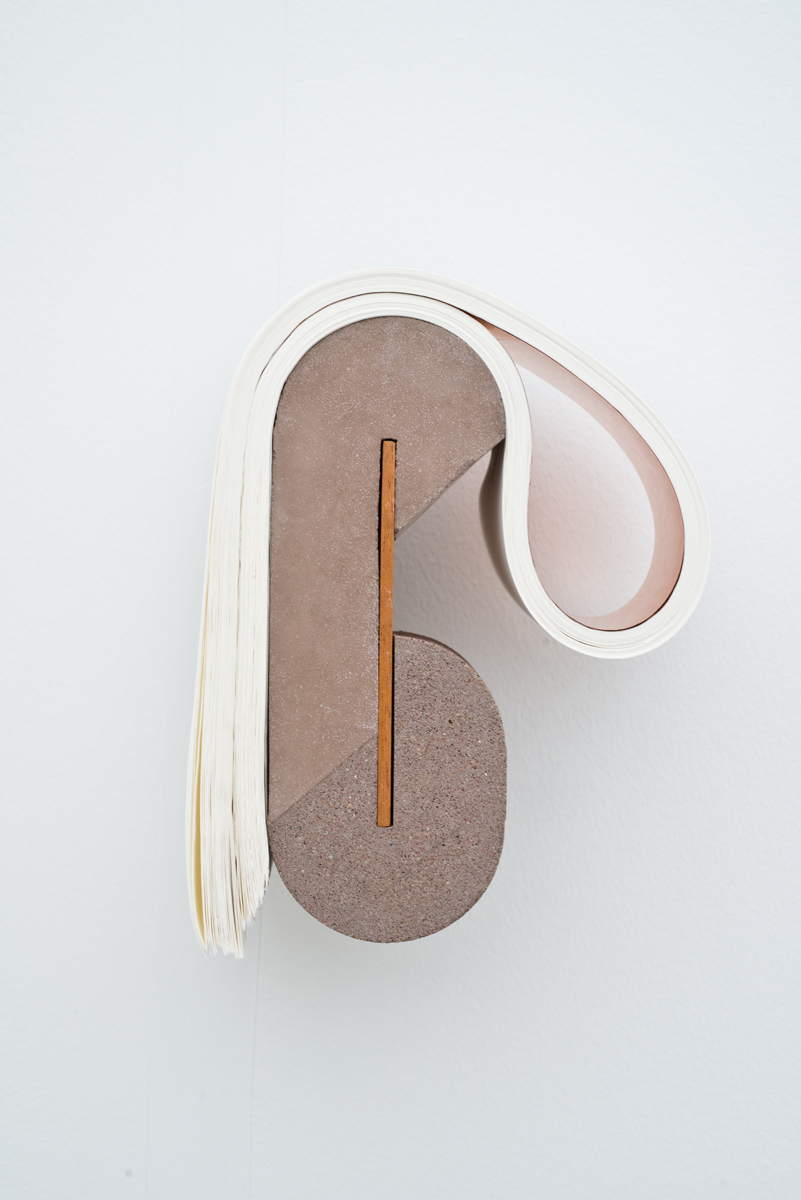


Abismo 50




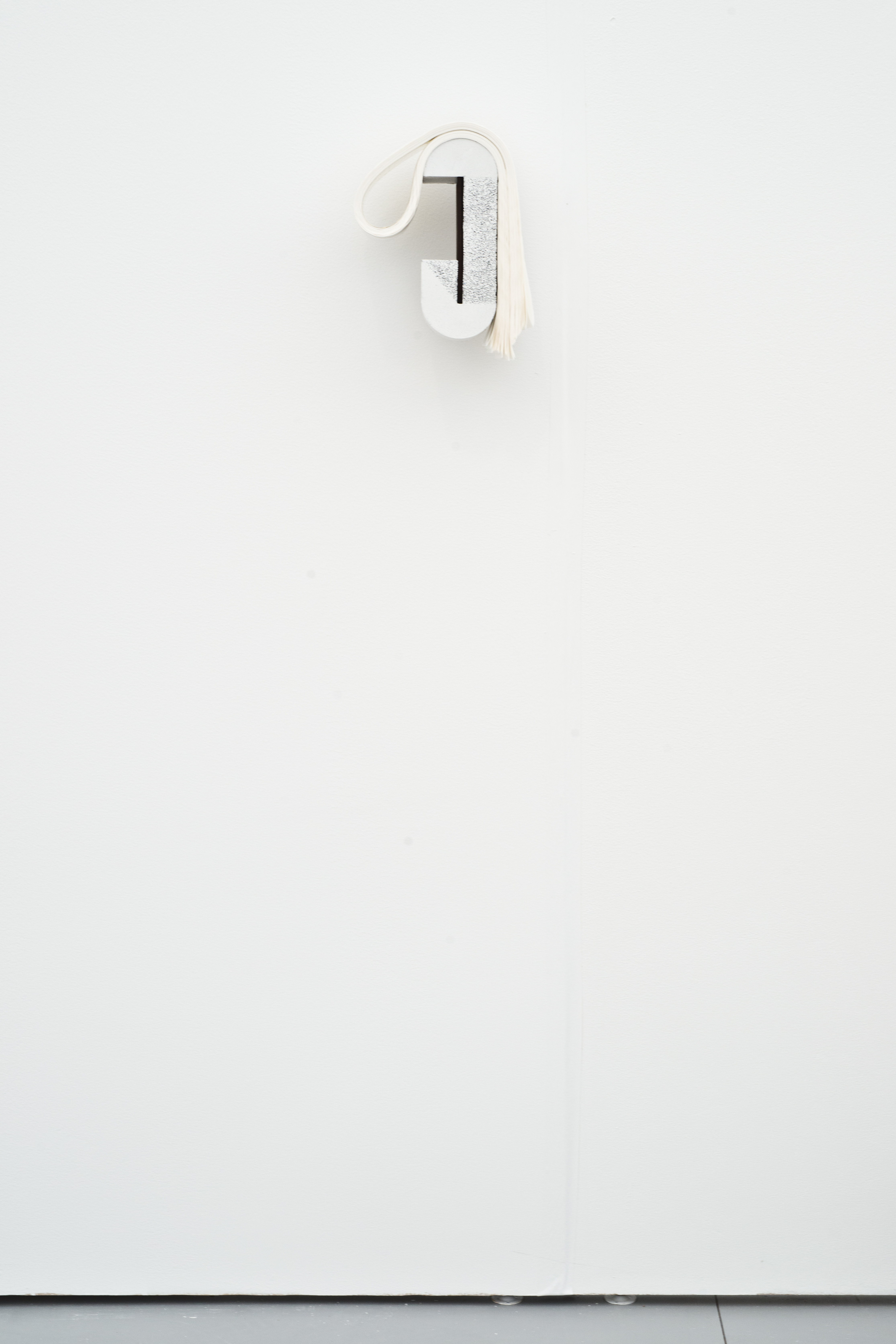
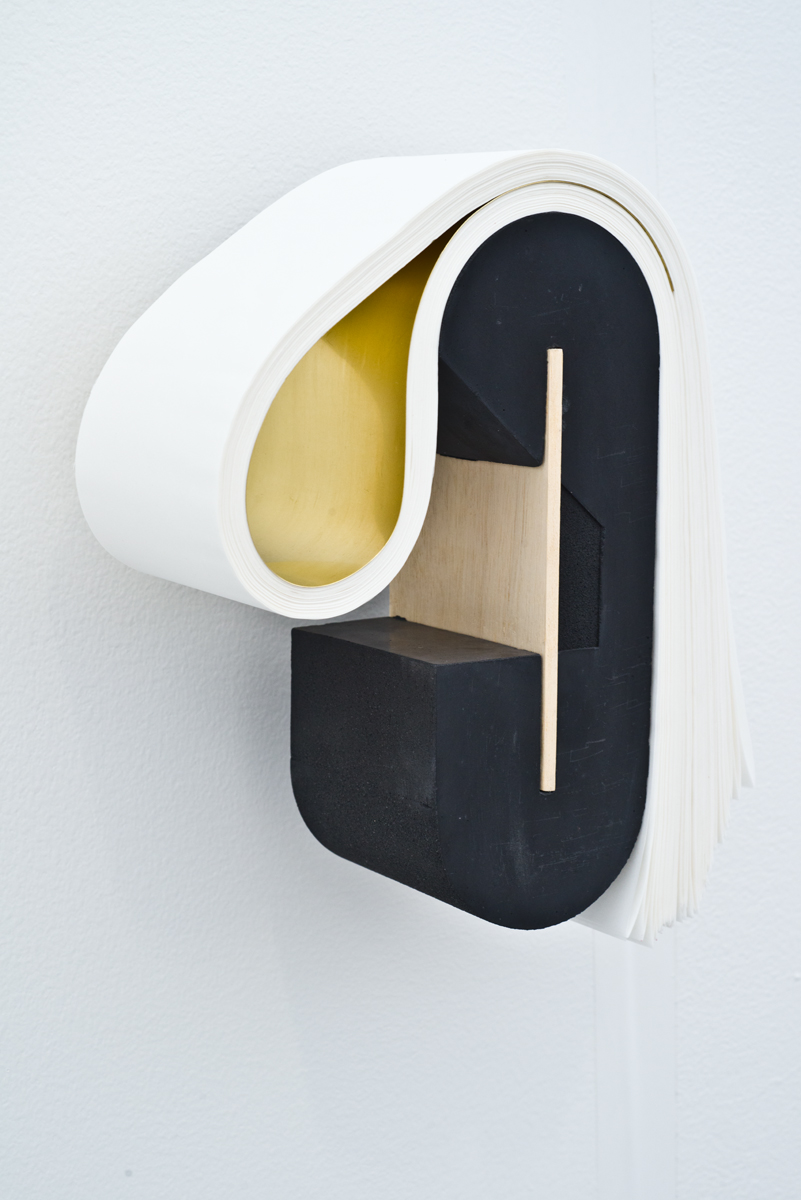
Abismo 49

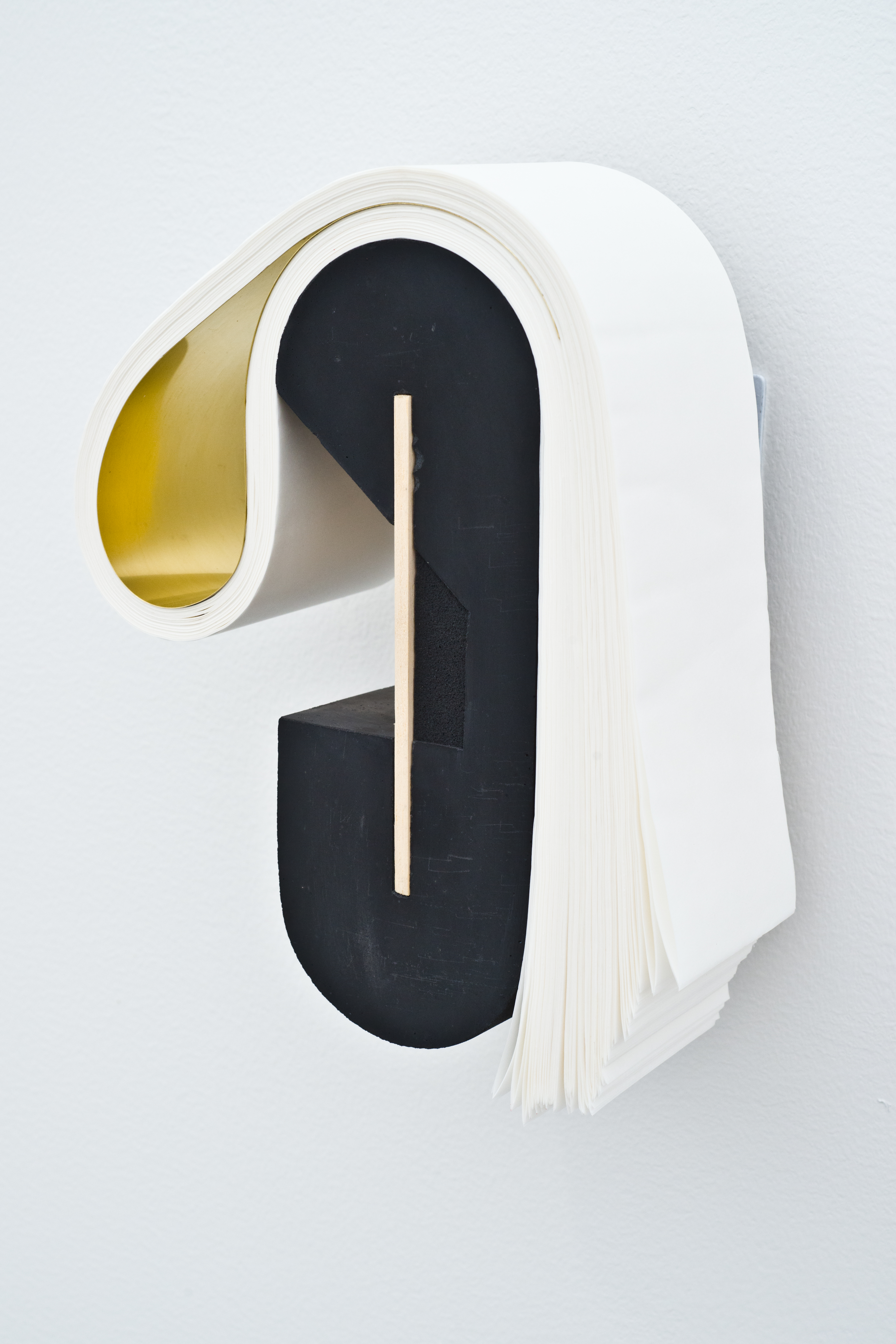
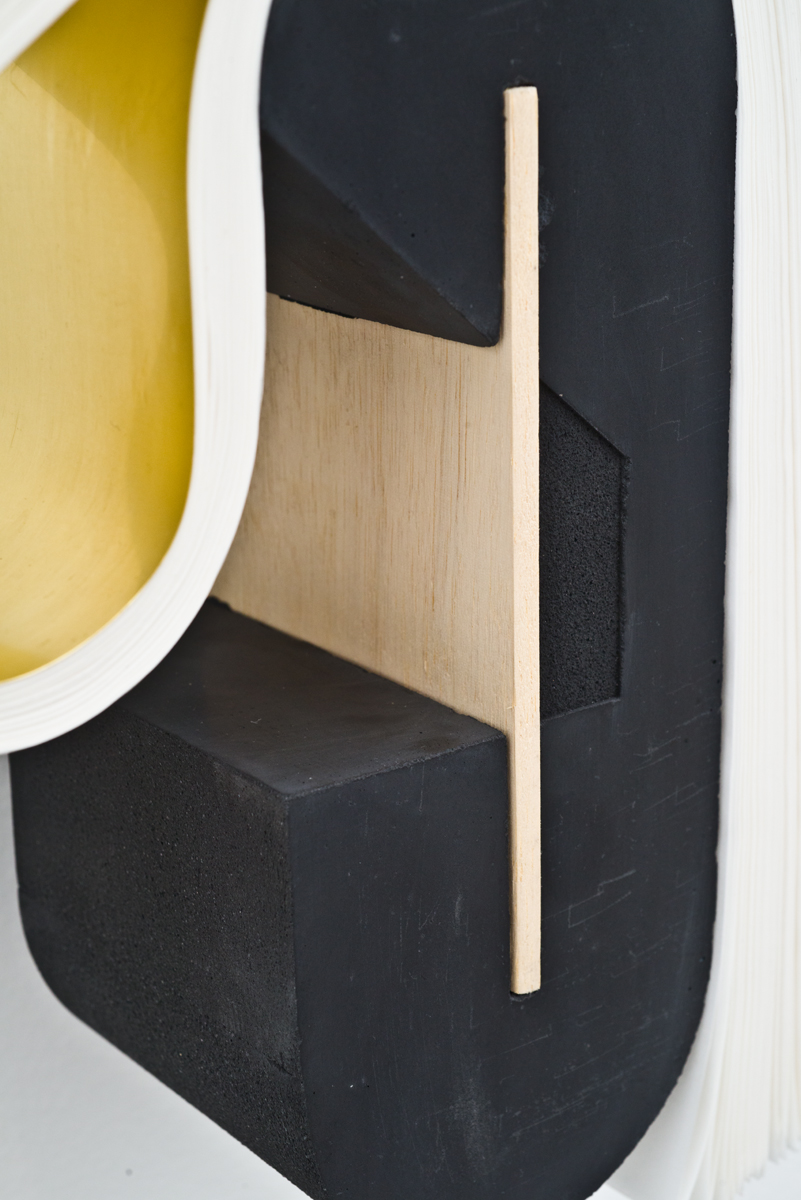

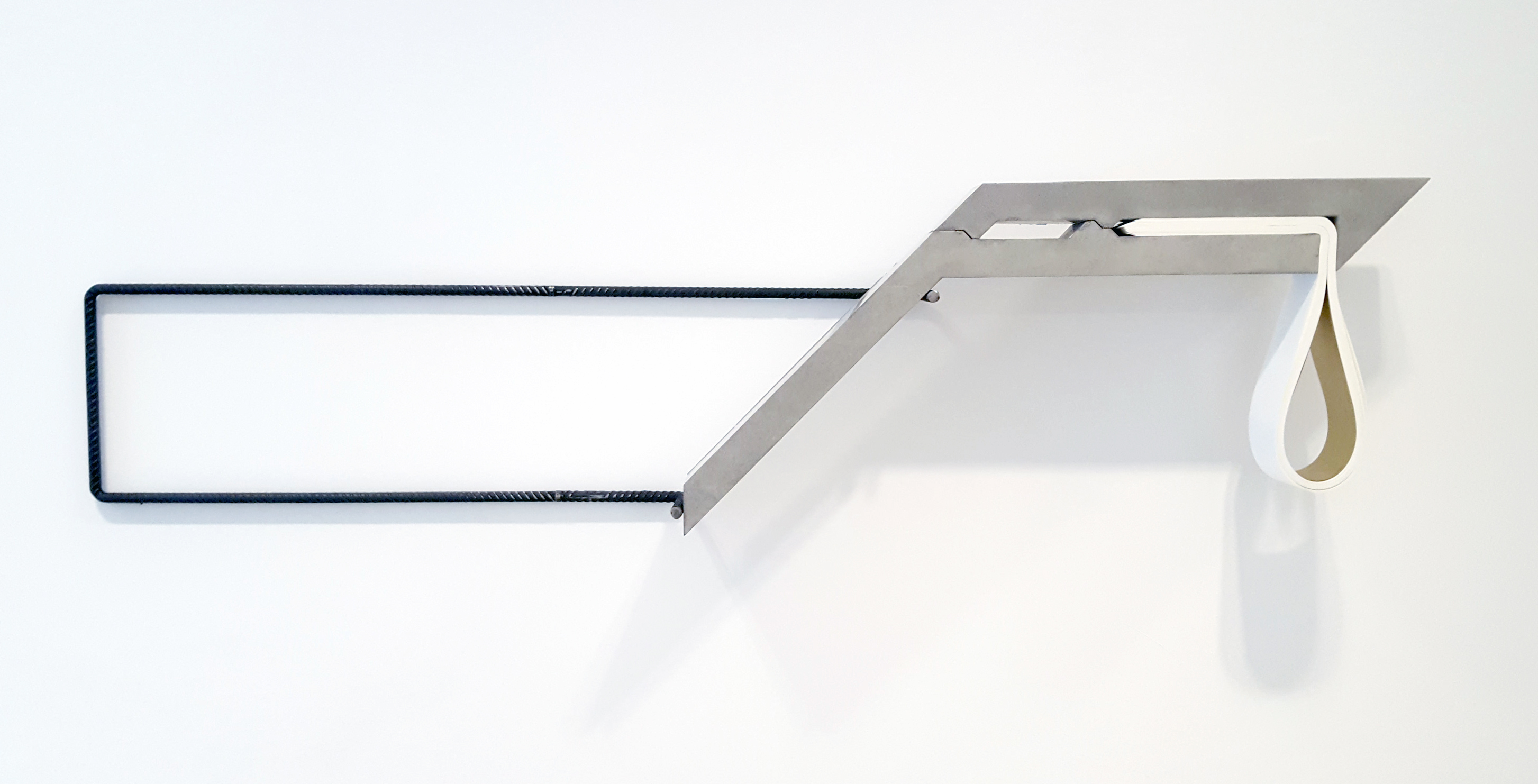
Abismo 28
